ABA Therapy and Family Services
Discover how ABA therapy and family services support autism, fostering skill development and collaboration.


ABA Therapy Fundamentals
Overview of ABA Therapy
Applied Behavior Analysis (ABA) is a systematic approach aimed at understanding and improving specific behaviors. It is widely utilized in addressing the needs of individuals with Autism Spectrum Disorder (ASD) and related developmental disorders. ABA therapy relies on an initial assessment conducted by a Board Certified Behavior Analyst (BCBA) to create a specialized treatment plan tailored to meet the unique needs and goals of each child [1].
Therapists have employed ABA techniques since the 1960s, making it one of the oldest and most established forms of therapy for autism. It is considered an evidence-based best practice treatment endorsed by leading organizations such as the US Surgeon General and the American Psychological Association [2]. The therapy emphasizes the importance of a structured environment to help reinforce desired behaviors.
Importance of BCBA Assessment
The initial assessment conducted by a BCBA is a critical element of effective ABA therapy. This comprehensive evaluation helps establish a detailed understanding of the child’s skills, strengths, challenges, and specific needs. Consequently, the BCBA uses this information to devise a customized treatment plan that aligns with the individual’s goals and milestones [1].
The BCBA not only designs the therapy program but also oversees its implementation. Registered Behavior Technicians (RBTs) work under the guidance of the BCBA, facilitating therapy sessions and providing direct support to the child. This collaborative approach is essential for achieving the best outcomes in therapy.
For families, effective communication with the therapy team is vital. Regular updates and meetings enable families to remain informed about their child’s progress and challenges. This cooperation enhances the learning experience and allows parents to apply similar strategies and techniques at home [3].
In conclusion, understanding the fundamentals of ABA therapy lays a strong foundation for parents and caregivers as they embark on this journey to support their loved ones. For more insights into the various aspects of ABA, including family services, consider exploring our resources on aba therapy and family services and aba therapy for autism spectrum disorder services.
Tailoring ABA Therapy
Tailoring ABA Therapy ensures that it effectively meets the diverse needs of individuals with Autism Spectrum Disorder (ASD). This customization involves creating personalized treatment plans and adapting therapy sessions to suit the specific characteristics of each person.
Customizing Treatment Plans
ABA Therapy begins with an initial assessment conducted by a Board Certified Behavior Analyst (BCBA). This assessment is crucial for developing a specialized treatment plan tailored to the goals and needs of each child with ASD. The data collected during this assessment allows for crafting strategies that address specific behavioral concerns and skill deficits Helping Hands Family.
| Key Components of Therapy Plans | Description |
|---|---|
| Objective Goals | Setting measurable and achievable objectives specific to the individual. |
| Behavior Interventions | Selecting appropriate strategies to modify behaviors categorized as interfering. |
| Skill Development Focus | Incorporating areas such as communication, social skills, and self-care. |
| Progress Monitoring | Regularly assessing and adjusting the plan based on the individual's progress. |
Research indicates that high-quality, evidence-based interventions like ABA can significantly help children with ASD. Approximately 40-50% of children diagnosed can return to mainstream classrooms if they receive timely treatment [4].
Adaptability in Therapy Sessions
The adaptability of ABA Therapy allows it to be modified based on the unique requirements of each individual Helping Hands Family. This flexibility is essential for addressing diverse learning styles and behaviors exhibited by children with ASD.
Features of Adaptable ABA Therapy Sessions
| Aspect | Description |
|---|---|
| Flexible Approaches | The use of various techniques tailored to the situation and individual needs. |
| Real-Time Adjustments | Making changes during a session as required based on the individual's responses. |
| Environment Considerations | Adapting to different settings, such as home, school, or community, to facilitate effective learning. |
| Collaboration | Working closely with parents and caregivers to ensure consistency outside therapy sessions. |
Most children with ASD can begin ABA therapy before the age of six, allowing for effective intervention during critical developmental periods. A developing brain can acquire new skills, including languages, more efficiently during early childhood.
ABA therapy and family services prioritize customization and adaptability, making them invaluable in promoting successful outcomes for individuals with autism. For more insights into effective approaches in ABA therapy, explore other topics related to ABA therapy for children with autism or ABA therapy and autism support.
Family Engagement in ABA
Family engagement plays a vital role in the efficacy of ABA therapy for individuals with autism. Understanding the significance of parental and caregiver involvement can greatly enhance the treatment experience and outcomes for children.
Role of Parents in Therapy
Parental involvement is a crucial component of ABA therapy, emphasizing the importance of family participation in the treatment process. Parents are not only spectators but active participants, helping to reinforce the skills learned during therapy sessions in their everyday lives.
Studies indicate that families who are actively involved in ABA therapy see greater gains in communication, social skills, and adaptive behaviors for their children. This involvement fosters a collaborative approach between families and therapy teams, which is essential for the child's success. It allows parents to bridge the gap between therapy sessions and home life, ensuring that the child practices and generalizes learned skills effectively.
The following table illustrates the benefits of parental involvement in ABA therapy:
| Benefit of Involvement | Explanation |
|---|---|
| Increased Skill Acquisition | Active participation leads to better communication and social skills. |
| Improved Family Relationships | Families report enhanced relationships and reduced stress. |
| Empowerment | Caregivers feel more empowered and self-efficacious. |
| Consistency | Reinforcing learned skills at home provides consistent support. |
Collaborating with Caregivers
Collaboration among caregivers and therapy teams is essential for successful ABA treatment. Effective communication between families and ABA therapists is crucial. Regular meetings and updates enable families to stay informed about their child's goals, challenges, and successes while providing therapists with insights into the child's behavior outside therapy sessions.
Caregivers are encouraged to facilitate practice opportunities outside of therapy by setting up playdates, outings, and incorporating therapy goals into daily routines. This approach helps children understand the relevance of their skills, ultimately increasing their motivation to practice and master them.
To further support family engagement, resources related to ABA therapy can be found through various programs. Key areas include:
- ABA therapy for children with autism
- ABA therapy for teenagers with autism
- ABA therapy for adults with autism spectrum disorder
- ABA therapy and autism programs
Active family participation not only enhances the effectiveness of ABA therapy but also strengthens the support system for individuals with autism and their families.
Evidence-Based Practices
Scientific Foundations of ABA
Applied Behavior Analysis (ABA) is recognized as an evidence-based best practice treatment for individuals with Autism Spectrum Disorder (ASD) by esteemed organizations such as the US Surgeon General and the American Psychological Association. This recognition is due to its thorough scientific validation regarding usefulness, quality, and effectiveness [2]. Over the past 50 years, methods informed by ABA have been extensively researched. These methods have proven effective in not only addressing challenging behaviors but also in fostering skill development across various domains.
| Key Elements | Description |
|---|---|
| Evidence-based | Supported by rigorous scientific research |
| Duration | Over 50 years of application in autism interventions |
| Focus | Development of skills and reduction of interfering behaviors |
Research Supporting ABA Efficacy
Extensive research underlines the efficacy of ABA therapy. Studies indicate that intensive and long-term interventions utilizing ABA principles yield significant improvements in various skills among children with autism, although outcomes may vary Autism Speaks. These studies have demonstrated gains in intellectual functioning, language development, daily living skills, and social interactions. Research consistently shows a positive impact on an individual's capacity to engage meaningfully in social contexts, enhancing their overall quality of life.
| Outcomes Measured | Research Findings |
|---|---|
| Intellectual Functioning | Improvement noted in standardized assessments |
| Language Development | Significant progress in verbal and non-verbal abilities |
| Daily Living Skills | Enhanced independence in self-care tasks |
| Social Functioning | Better interactions and relationships with peers |
The importance of ABA is underscored through a considerable amount of literature, which has established it as one of the most effective methods of intervention for individuals with ASD. For parents and caregivers seeking to understand the full potential of ABA therapy, exploring additional resources on aba therapy and family services can provide further insights.
Skills Development in ABA
The goal of ABA therapy extends beyond behavior modification; it includes the vital development of essential skills that enhance the quality of life for individuals with autism. This section focuses on the acquisition of important skills and the targeted goals of socialization and communication within the framework of ABA therapy.
Acquisition of Important Skills
ABA therapy is instrumental in helping children with autism acquire critical life skills. These skills encompass a wide range of areas including self-care, communication, and independence. Some specific skills that ABA therapy assists in developing include:
- Speaking: Enhancing verbal communication abilities.
- Using the bathroom: Achieving toilet training.
- Sleeping through the night: Establishing healthy sleep routines.
- Gaining independence: Fostering self-sufficiency in daily activities.
These competencies are essential for fostering autonomy and ensuring a higher rate of success in adulthood [4]. The unique approach of ABA therapy focuses on the individual strengths and preferences of each person, tailoring interventions that are more effective and relevant to their needs.
| Skill Area | Example Skills |
|---|---|
| Communication | Speaking, using gestures |
| Self-Care | Bathing, dressing, toileting |
| Daily Living | Meal preparation, personal hygiene |
| Social Skills | Turn-taking, sharing, friendship building |
Socialization and Communication Goals
A significant emphasis in ABA therapy is placed on enhancing socialization and communication skills. This enables individuals with autism to make friends and engage effectively with peers. For instance, ABA can focus on specific skills such as improving physical play abilities, which are crucial for initiating and maintaining friendships, even for those who may struggle with verbal communication [4].
ABA therapy's effectiveness is well-documented, showing higher degrees of scientific support compared to other treatments. This evidence underscores its value in helping individuals with autism understand social cues and develop necessary behavioral skills for interaction with their peers [4].
Through structured programs, families can help facilitate environments where these skills can be practiced and reinforced, improving both social interactions and overall quality of life for children with autism. Parents can learn to implement the principles of ABA within daily routines to further support their children's development.
For insights into specific programs tailored to facilitate these skills, refer to our article on ABA therapy and autism programs.
Practical ABA Techniques
Implementing effective strategies is crucial in Applied Behavior Analysis (ABA) therapy. Two widely used methods are Positive Reinforcement and Discrete Trial Training (DTT). Understanding these techniques can empower parents and caregivers in supporting their children with autism.
Positive Reinforcement Methods
Positive Reinforcement is a fundamental technique in ABA therapy. It involves providing a reward or praise immediately following a desired behavior to increase the likelihood that the behavior will be repeated. This method encourages children to engage in positive behaviors, making it an effective strategy in therapy.
In practice, Positive Reinforcement may include verbal praise, tangible rewards, or additional privileges. The key is to ensure that the reinforcement is meaningful to the child and is administered shortly after the desired behavior occurs.
| Type of Reinforcement | Examples | Timing |
|---|---|---|
| Verbal Praise | "Great job!" | Immediately after the behavior |
| Tangible Rewards | Stickers, toys | Immediately after the behavior |
| Privileges | Extra playtime | Immediately after the behavior |
Discrete Trial Training (DTT) Approach
Discrete Trial Training (DTT) is another essential strategy in ABA therapy. This approach involves breaking down skills into small, distinct components. The therapist introduces each element one at a time, providing structured opportunities for learning.
During DTT, the therapist presents a specific instruction or question, waits for the child's response, and offers positive reinforcement for correct answers [7]. This structured format helps children with autism grasp complex skills by mastering small, manageable tasks.
| DTT Component | Description |
|---|---|
| Instruction | Therapist provides a clear prompt |
| Response | Child responds to the prompt |
| Reinforcement | Positive feedback for correct answers |
These practical techniques, including Positive Reinforcement and Discrete Trial Training, are vital as part of a comprehensive approach in ABA therapy and family services. Implementing such methods can help children with autism thrive in their learning environments.
References
Does Your Child Have An Autism Diagnosis?
Learn More About How ABA Therapy Can Help
Find More Articles
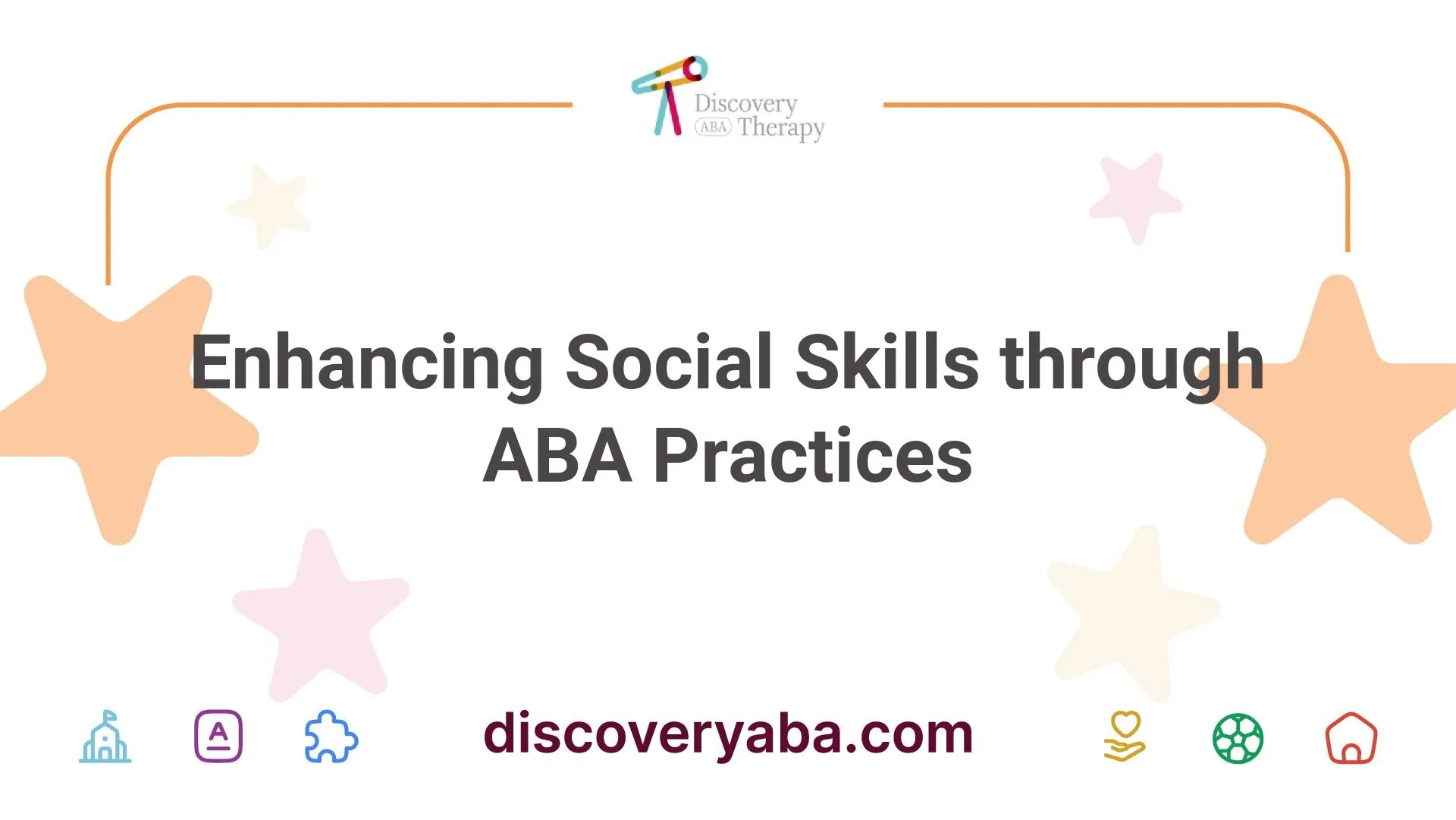
Enhancing Social Skills through ABA Practices
.webp)
ABA Strategies for Addressing Autism Feeding Challenges
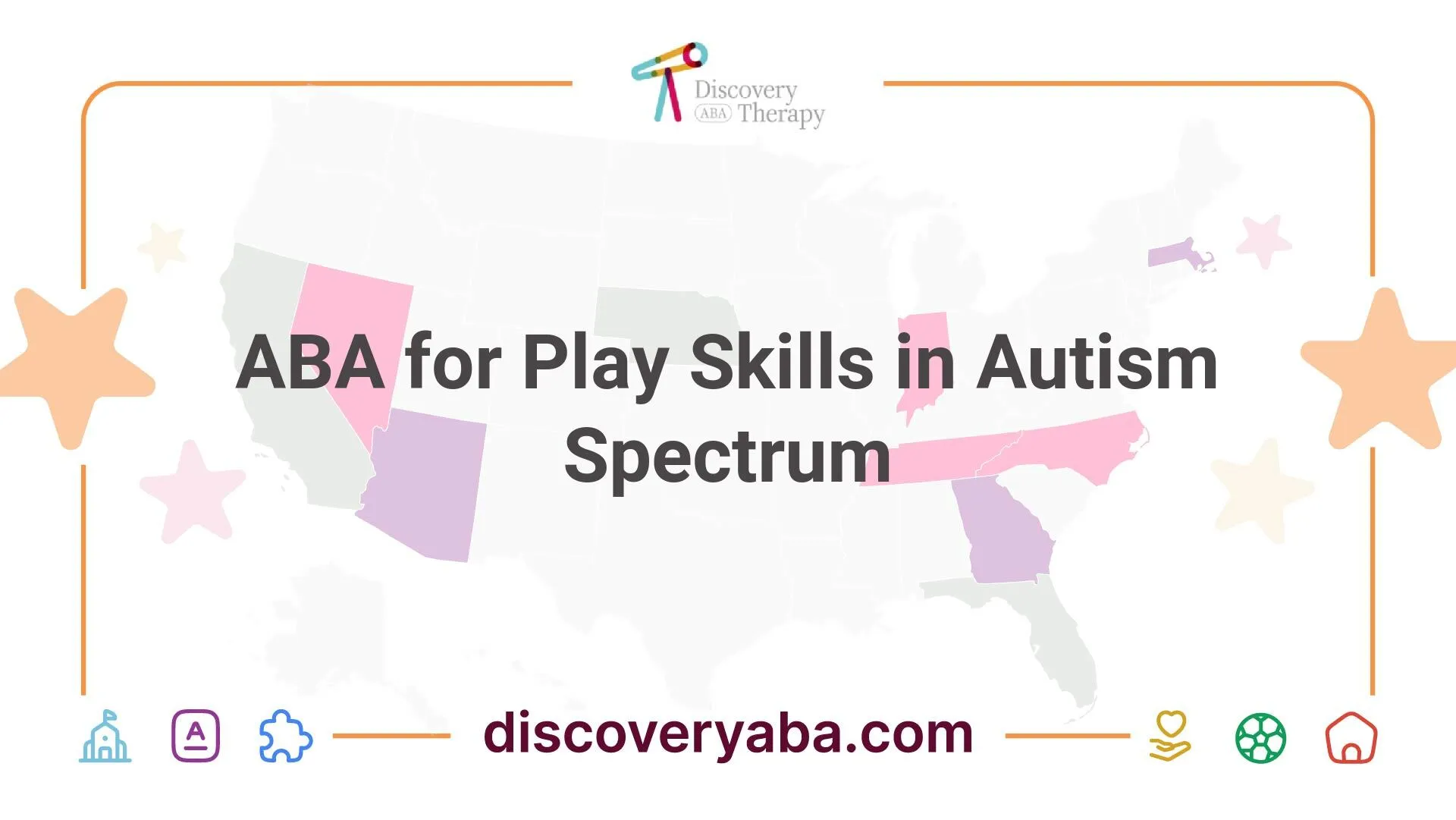
ABA for Play Skills in Autism Spectrum

ABA Techniques for Daily Routine Teaching
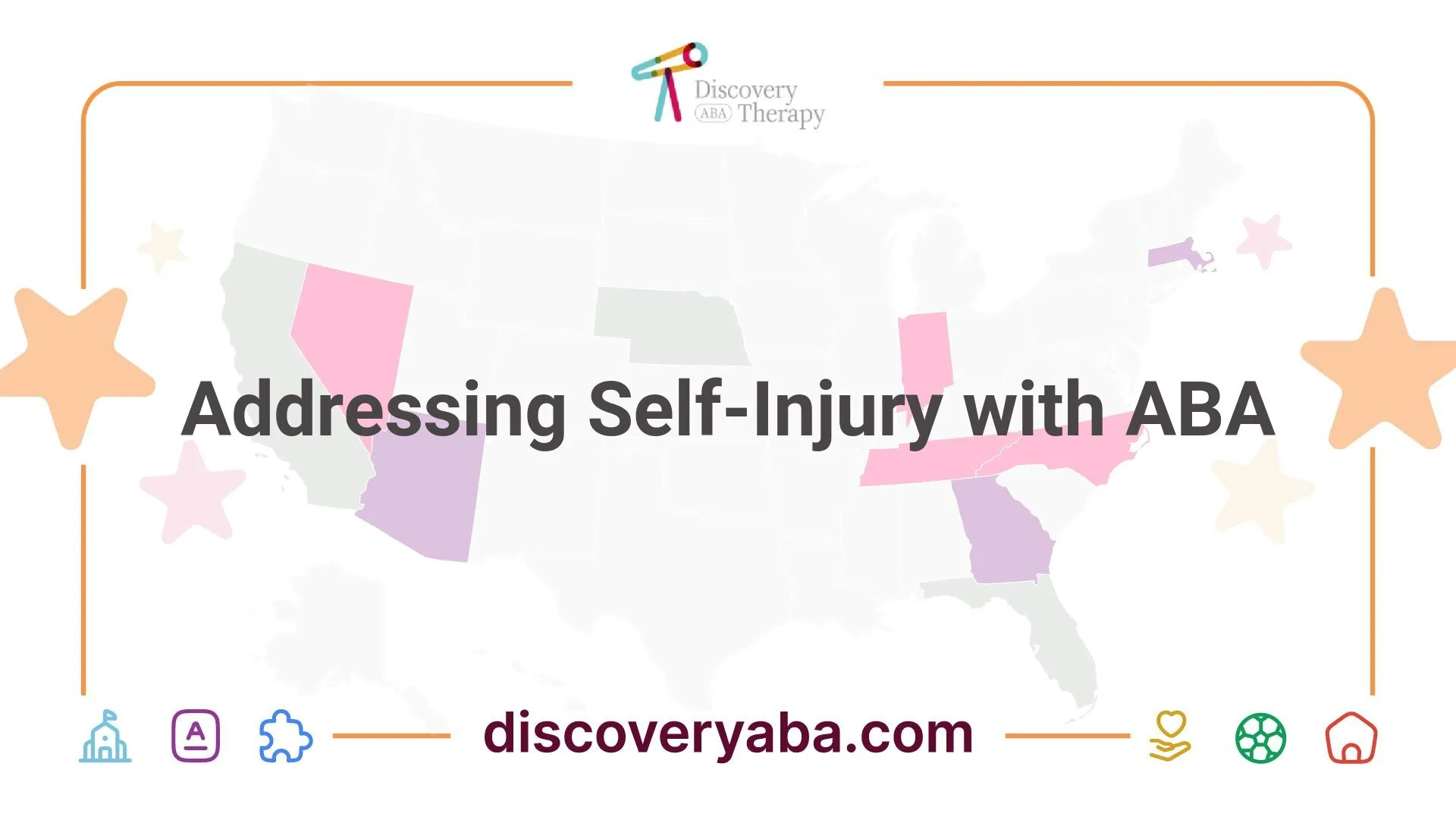
Addressing Self-Injury with ABA

ABA for Problematic Play Behaviors

Addressing Social Challenges in Autism
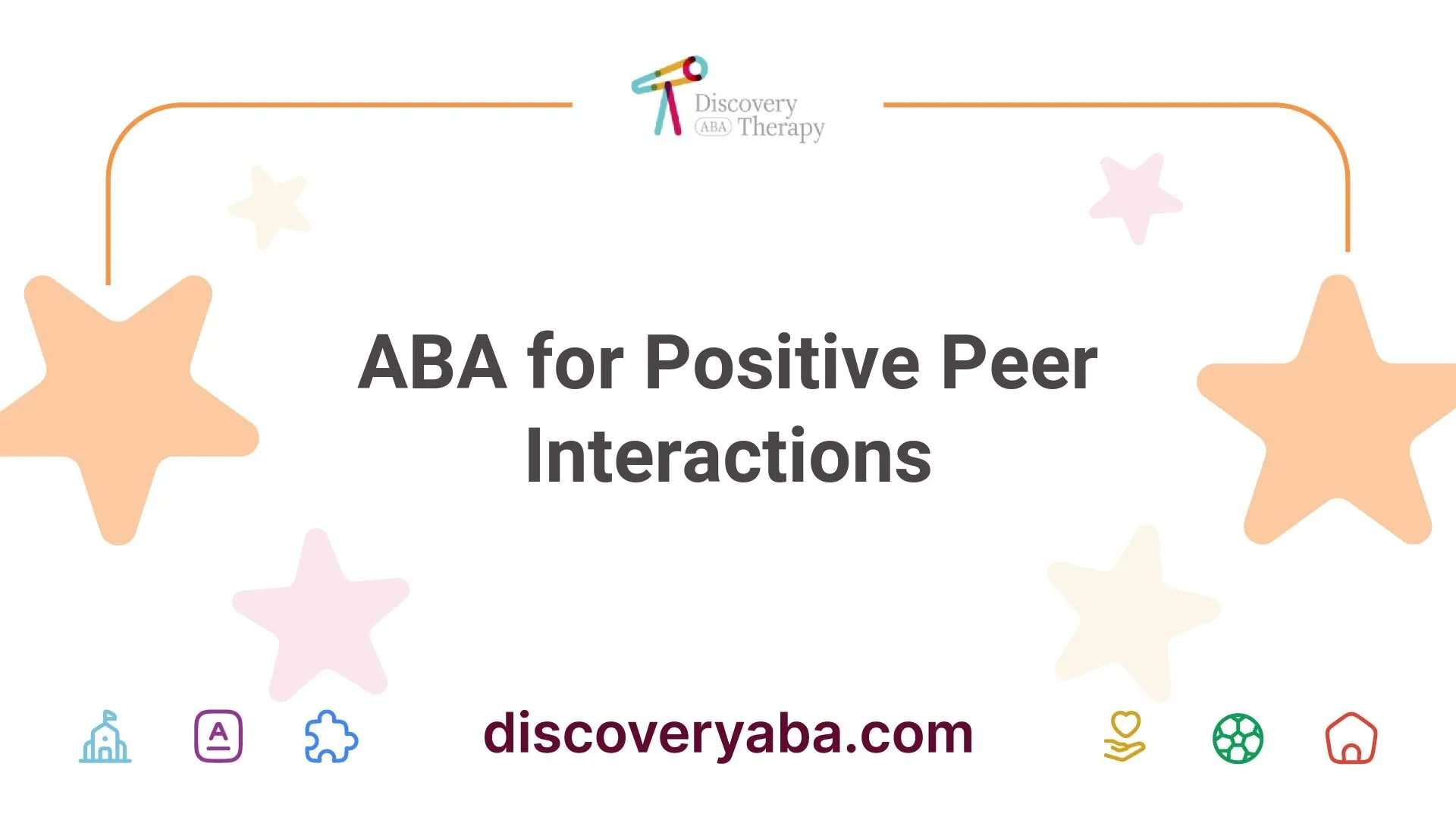
ABA for Positive Peer Interactions
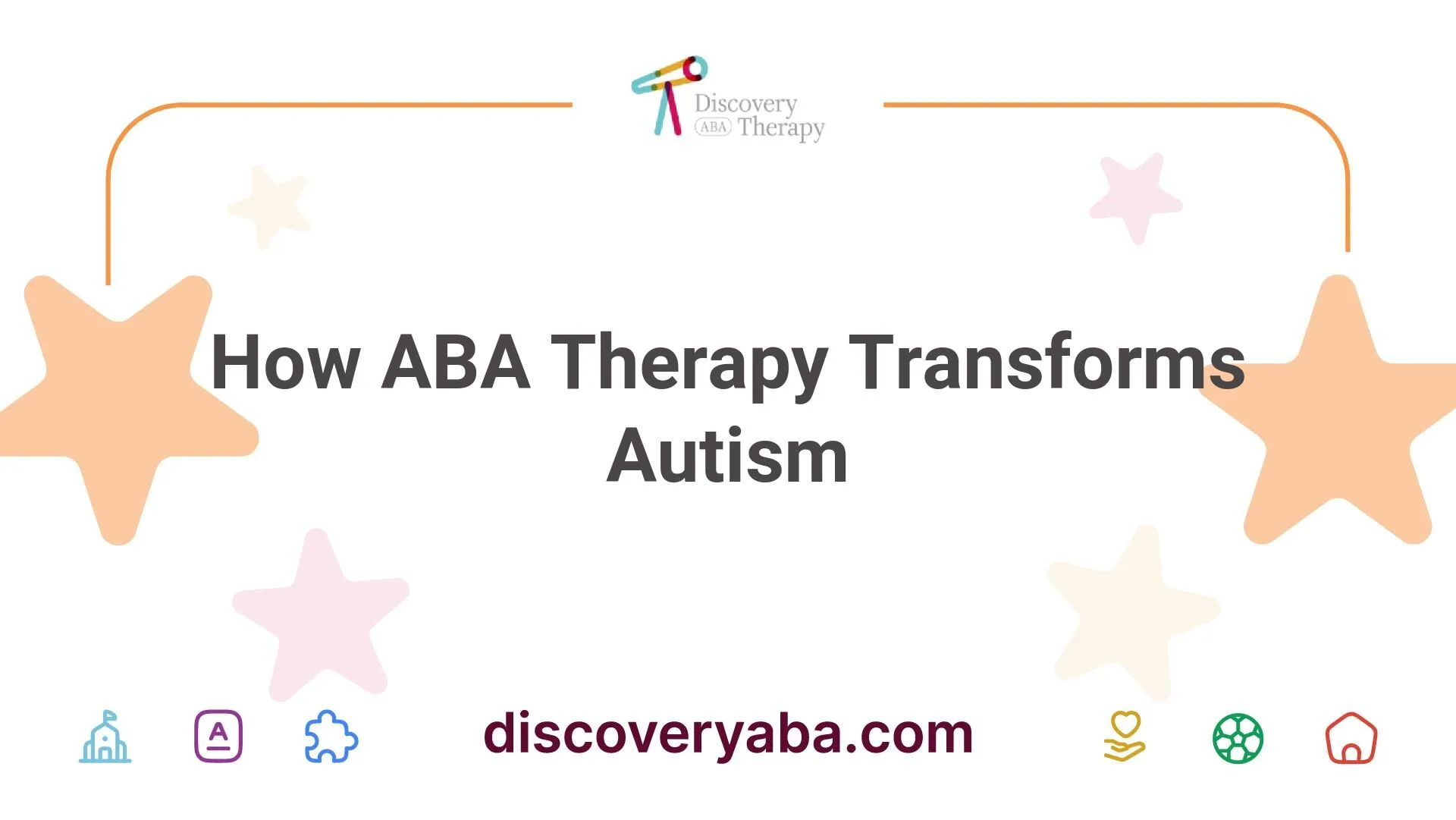
How ABA Therapy Transforms Autism

ABA Strategies for Nonverbal Communication in Autism

ABA Techniques for Developing Organizational Skills
.webp)
Impact of Early ABA on Long-Term Outcomes

ABA for School-Age Children with Autism
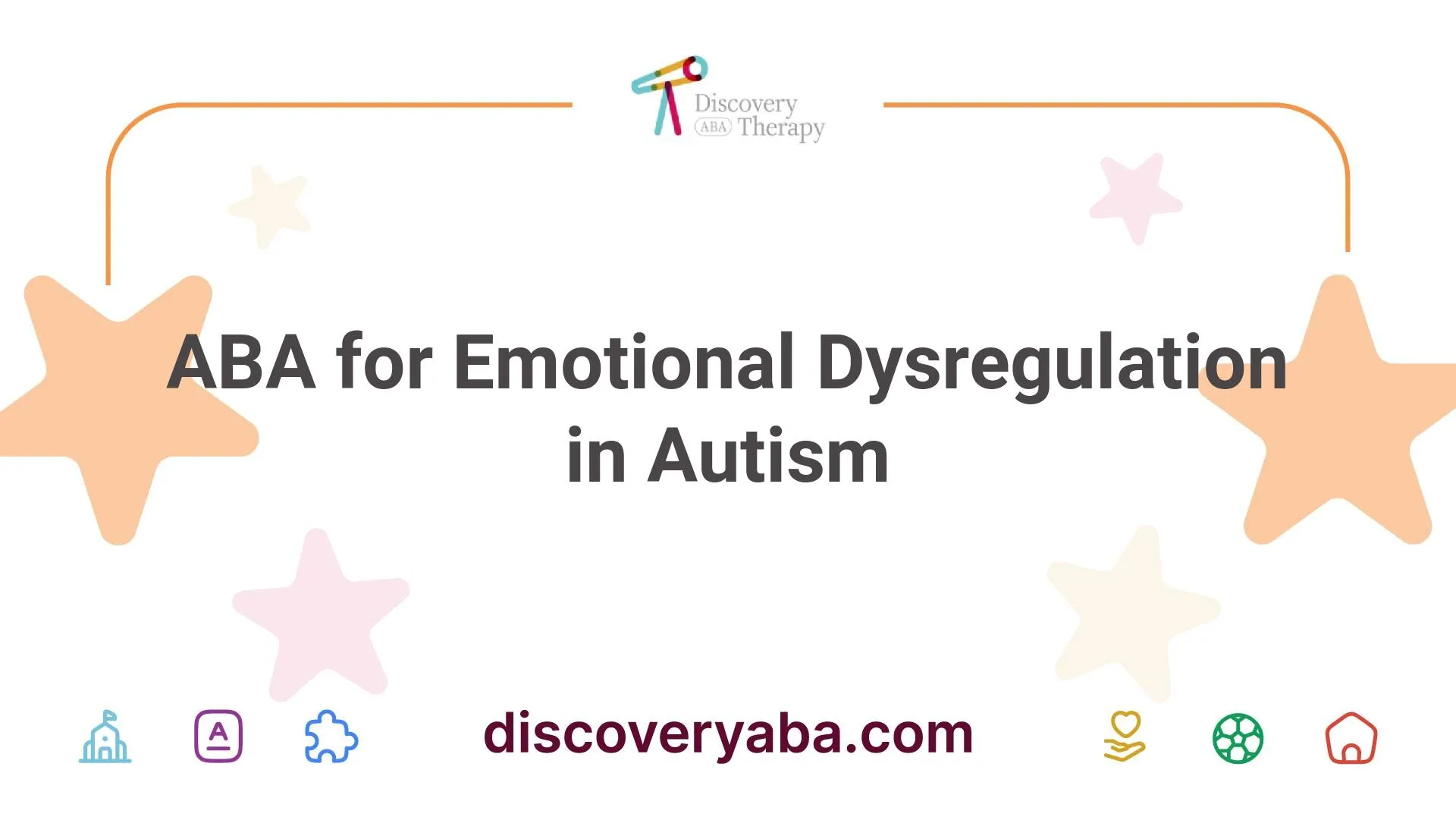
ABA for Emotional Dysregulation in Autism
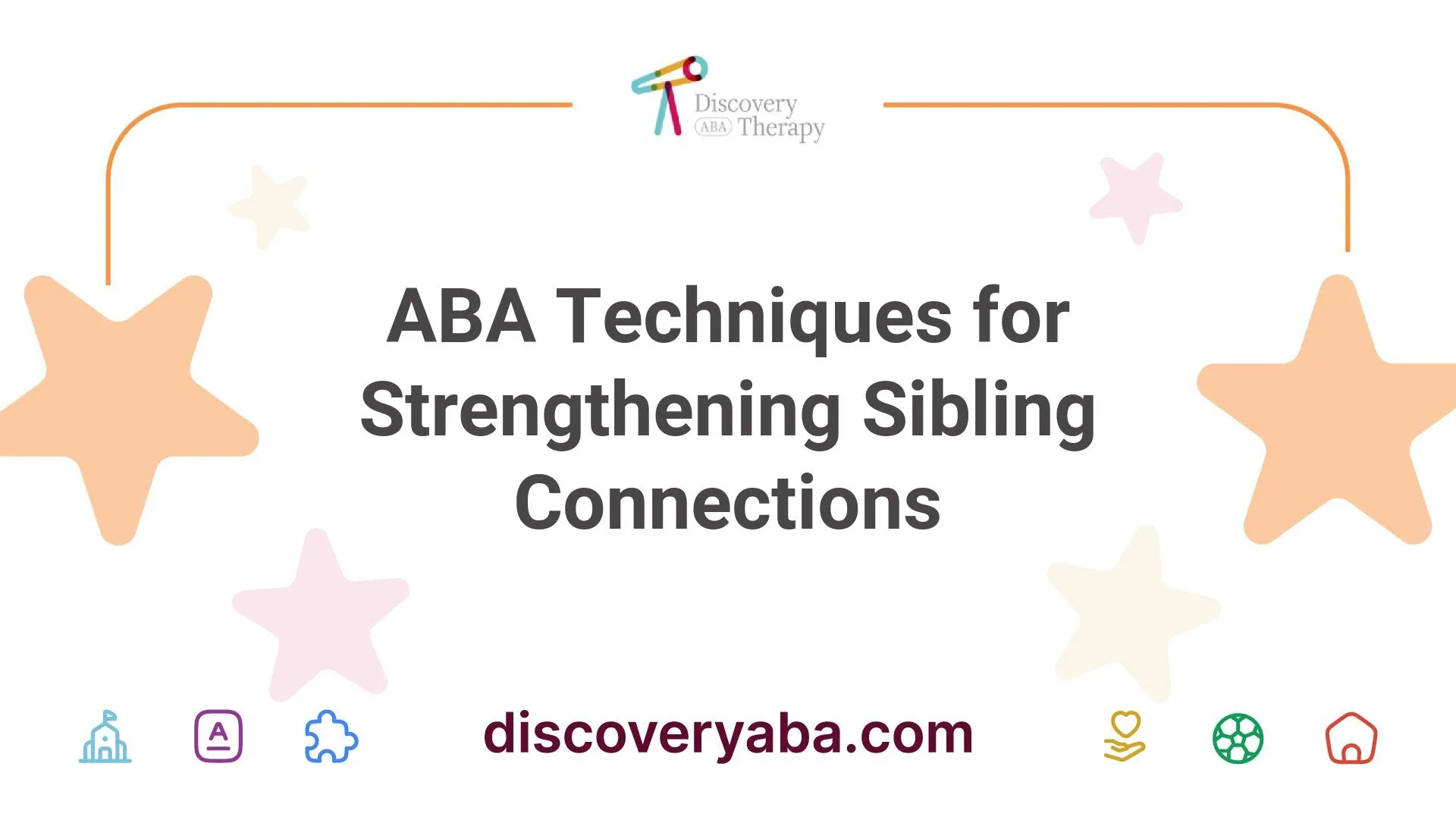
ABA Techniques for Strengthening Sibling Connections
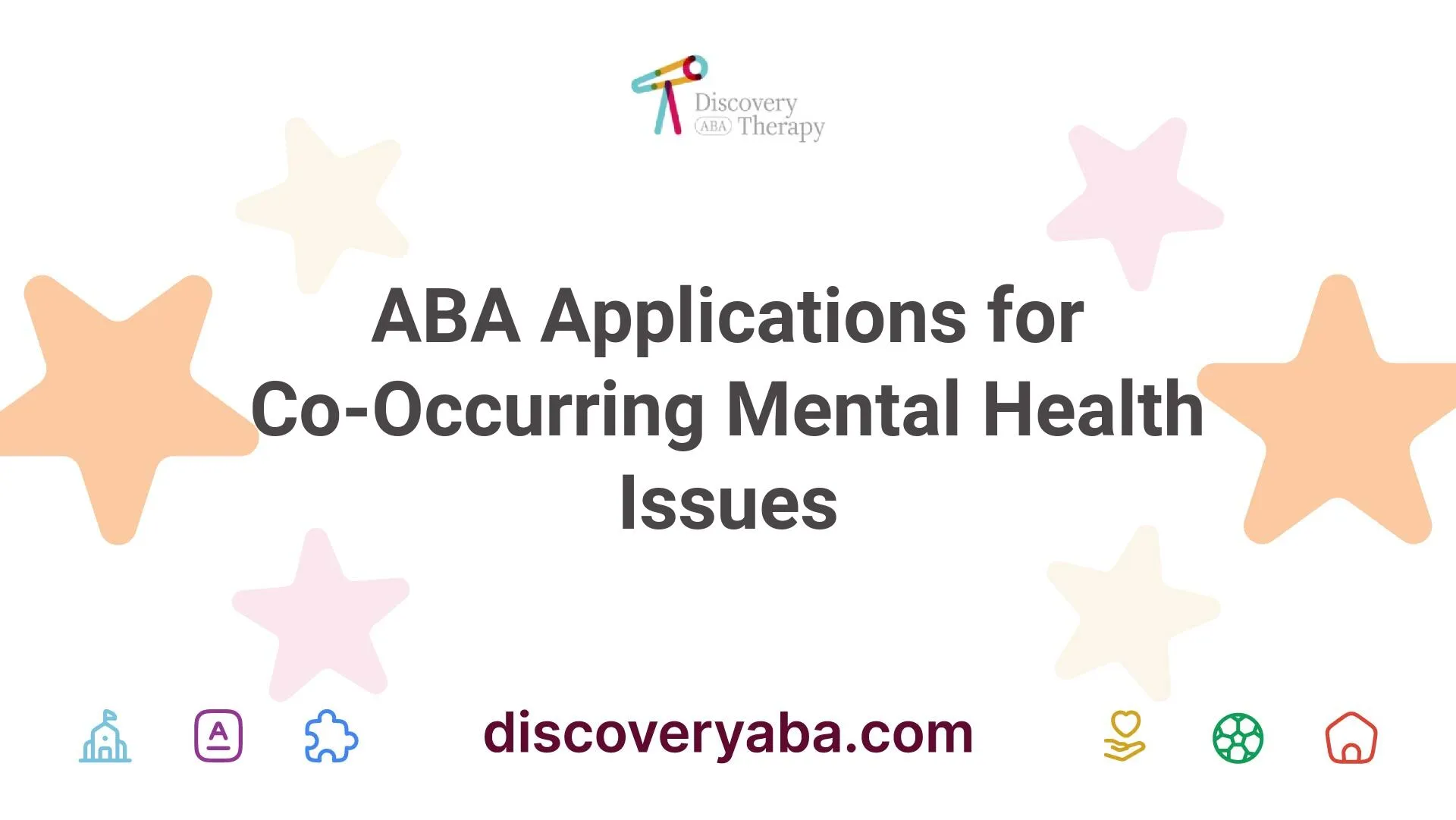
ABA Applications for Co-Occurring Mental Health Issues
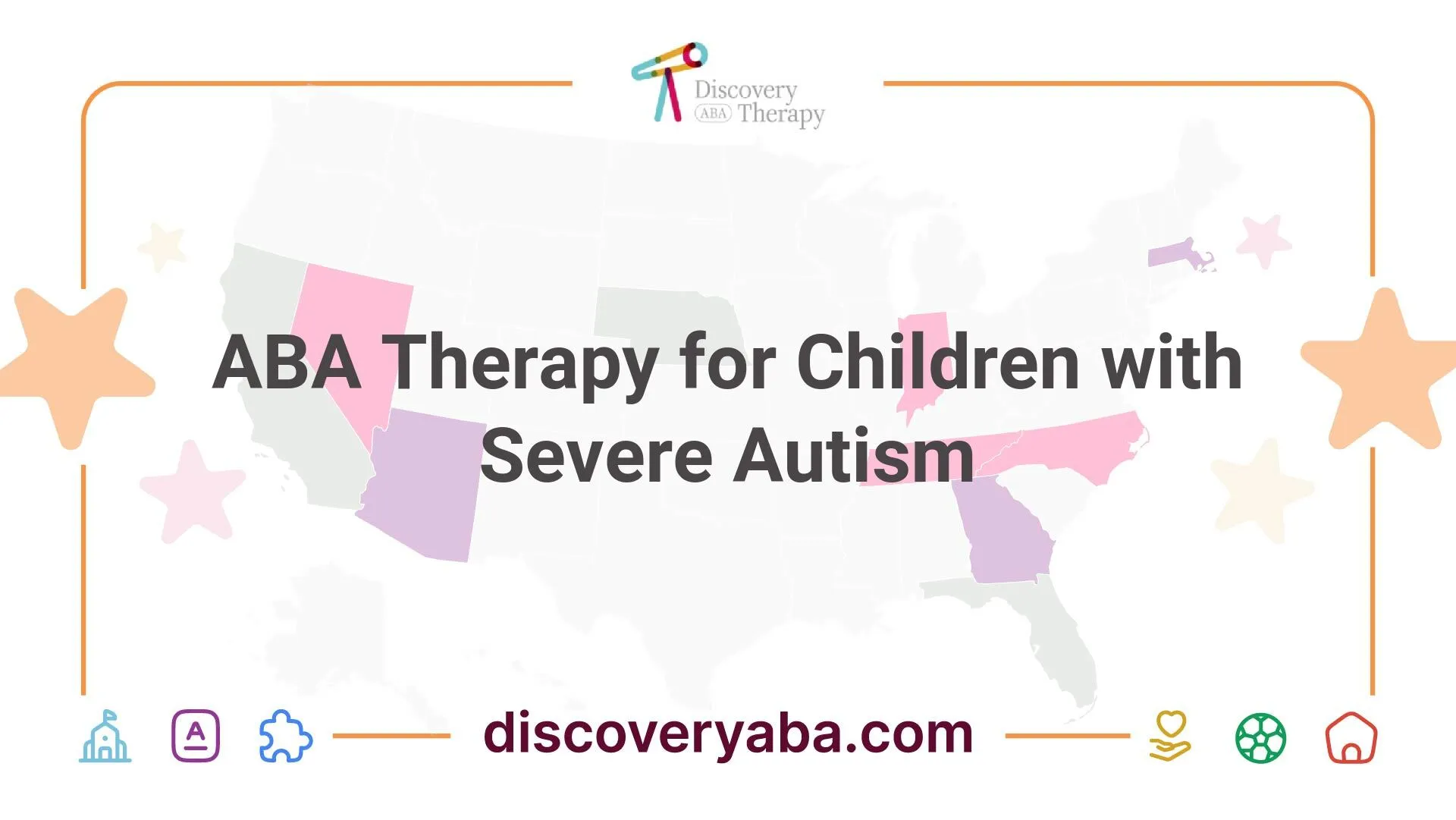
ABA Therapy for Children with Severe Autism

ABA for Autism and Learning Disabilities
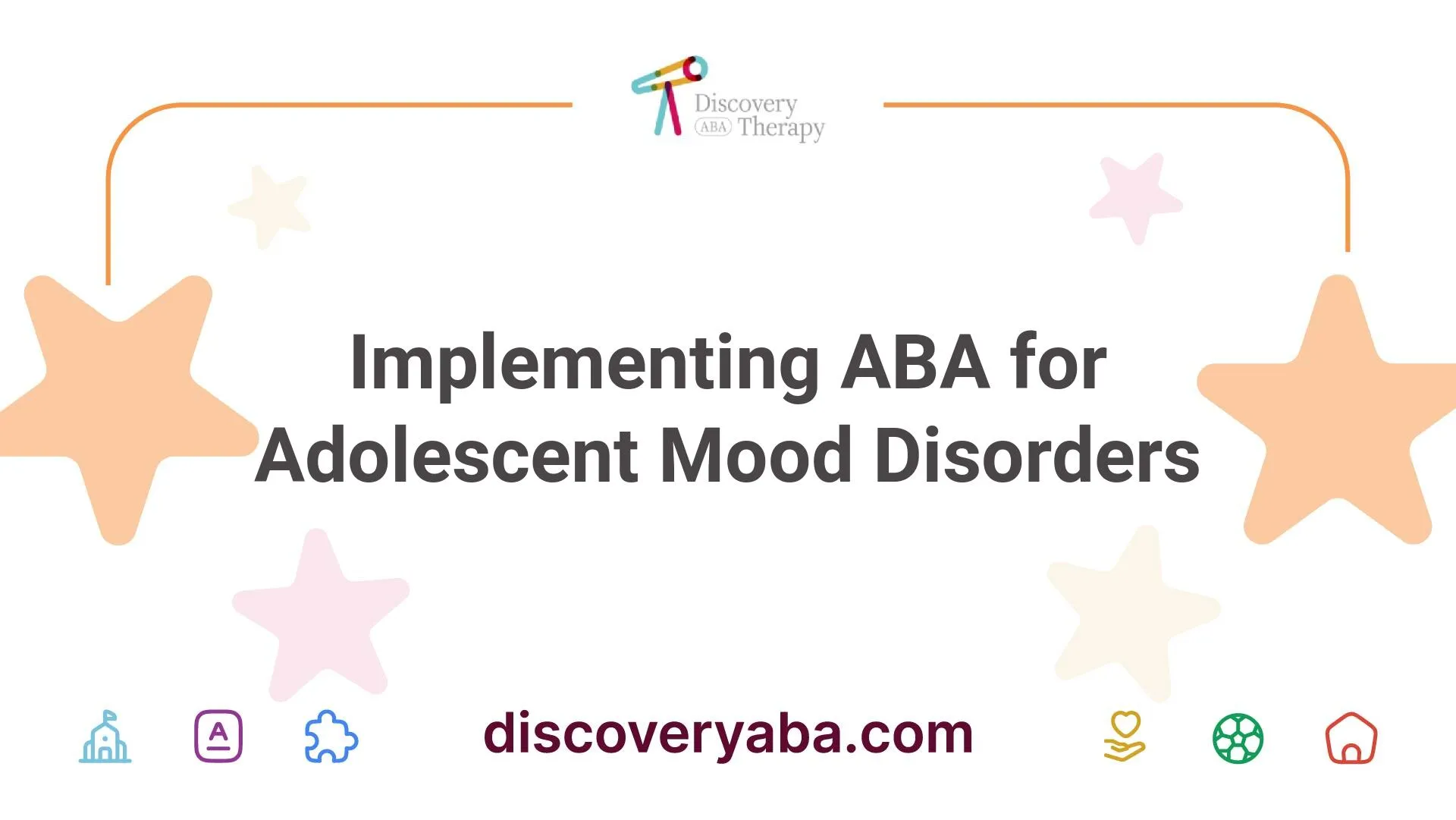
Implementing ABA for Adolescent Mood Disorders
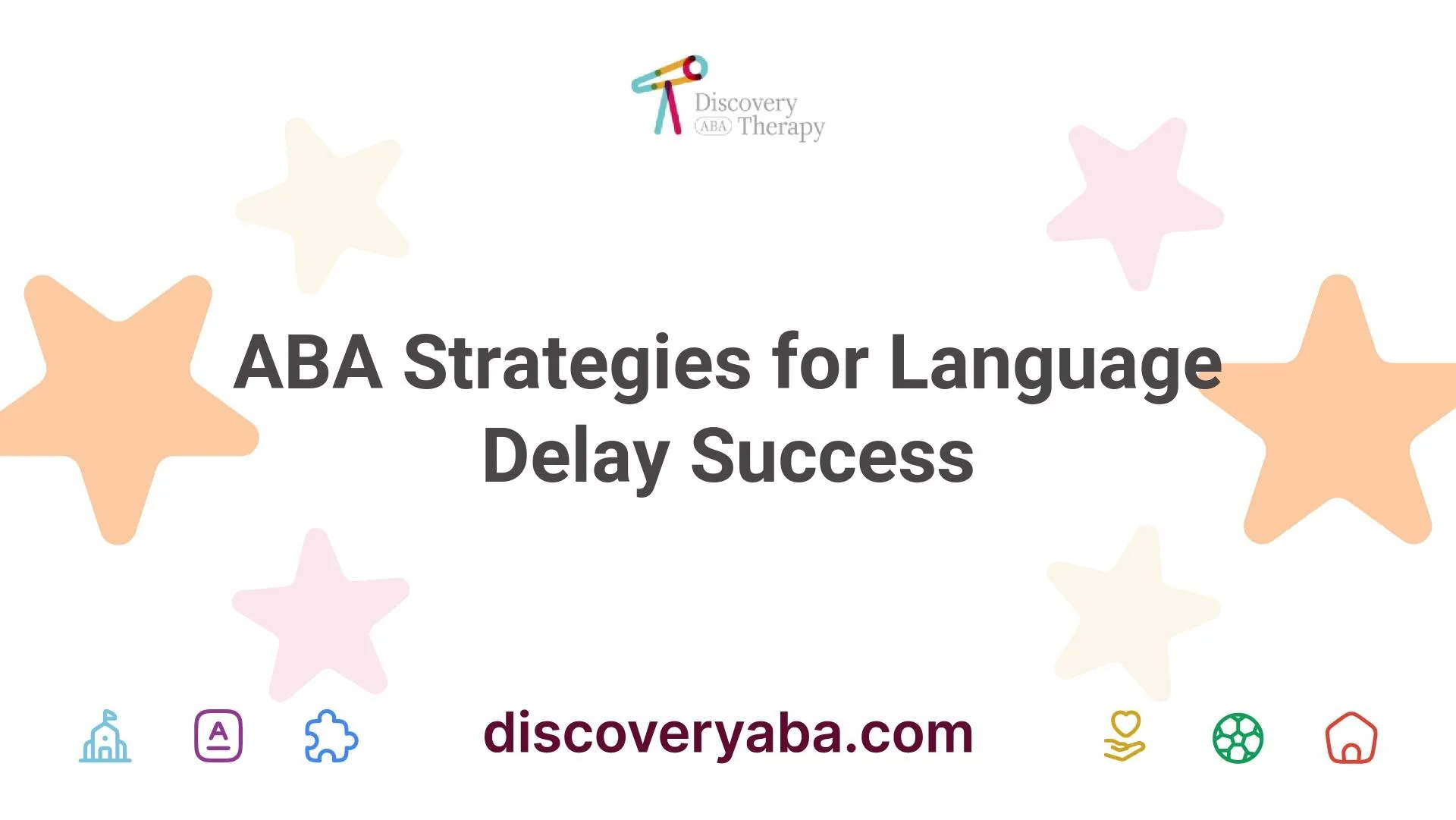
ABA Strategies for Language Delay Success
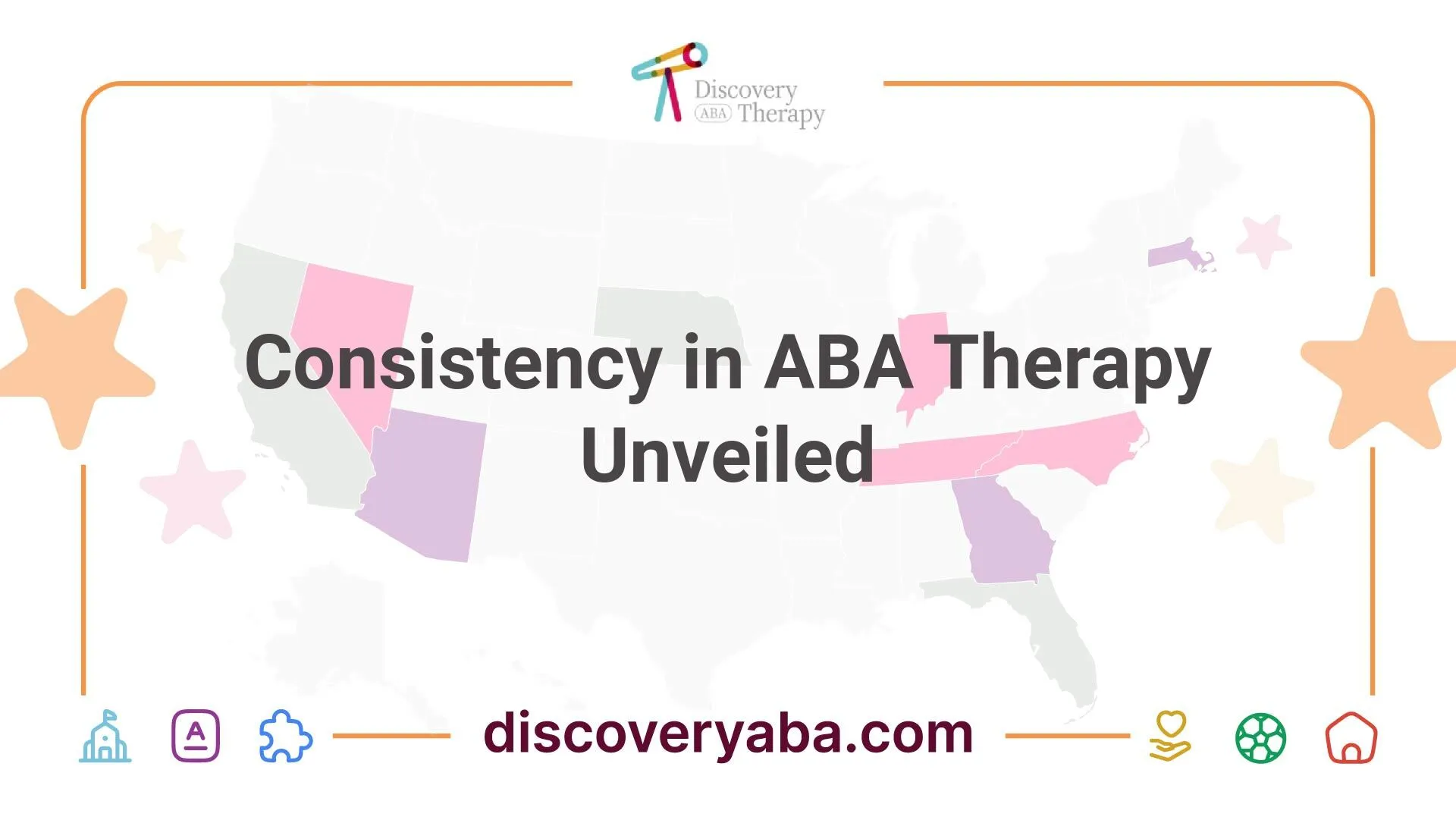
Consistency in ABA Therapy Unveiled
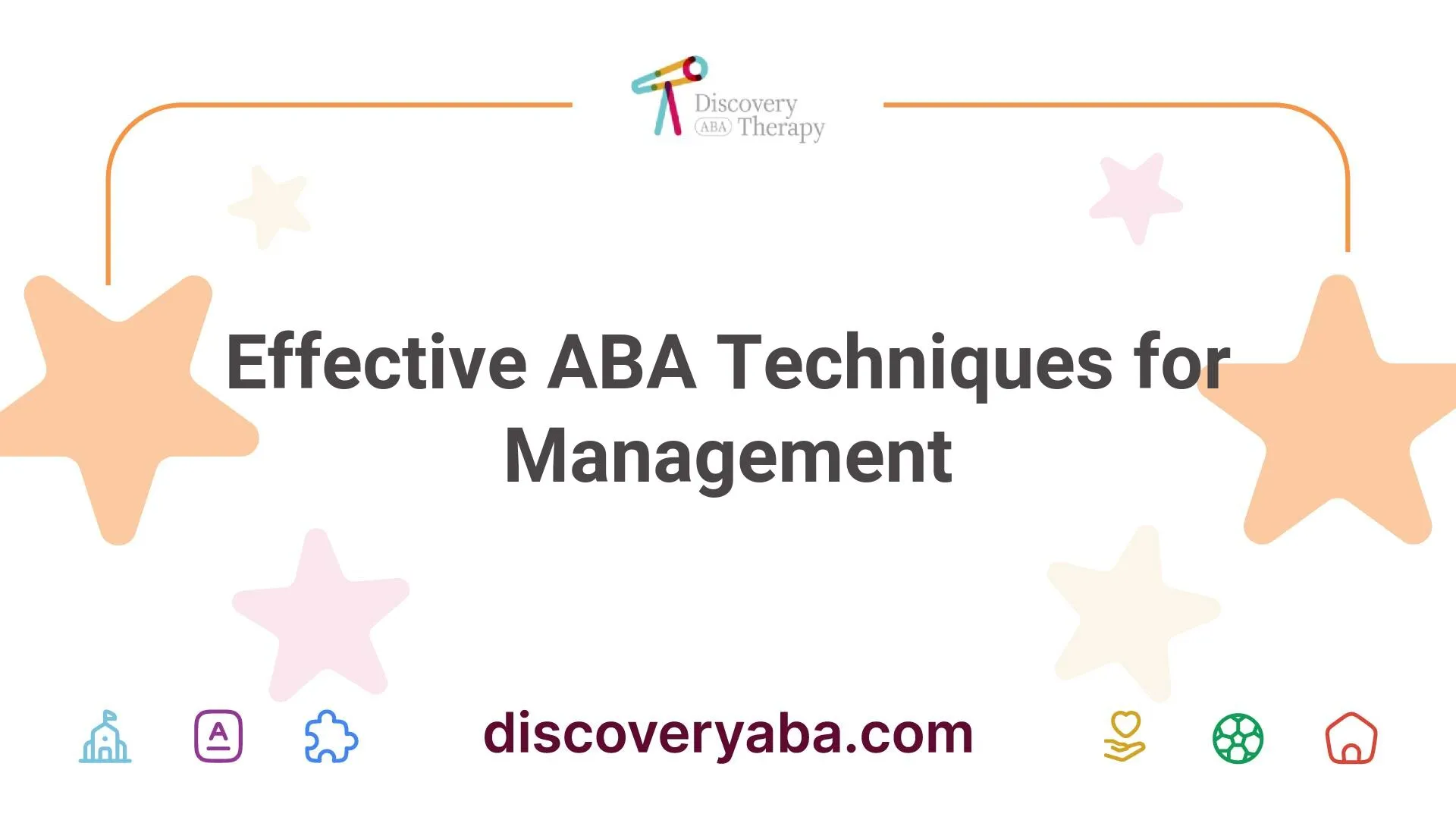
Effective ABA Techniques for Management
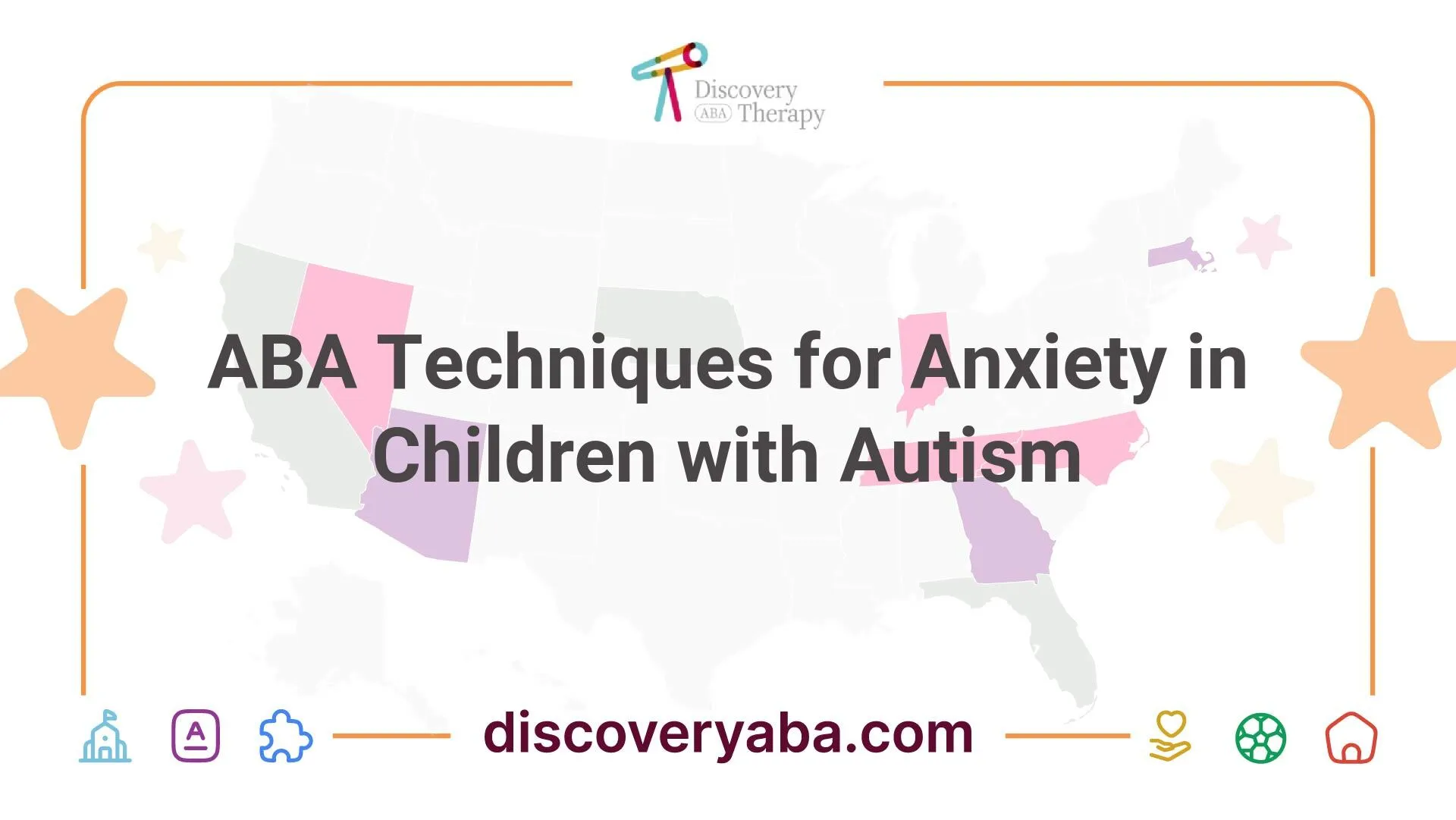
ABA Techniques for Anxiety in Children with Autism
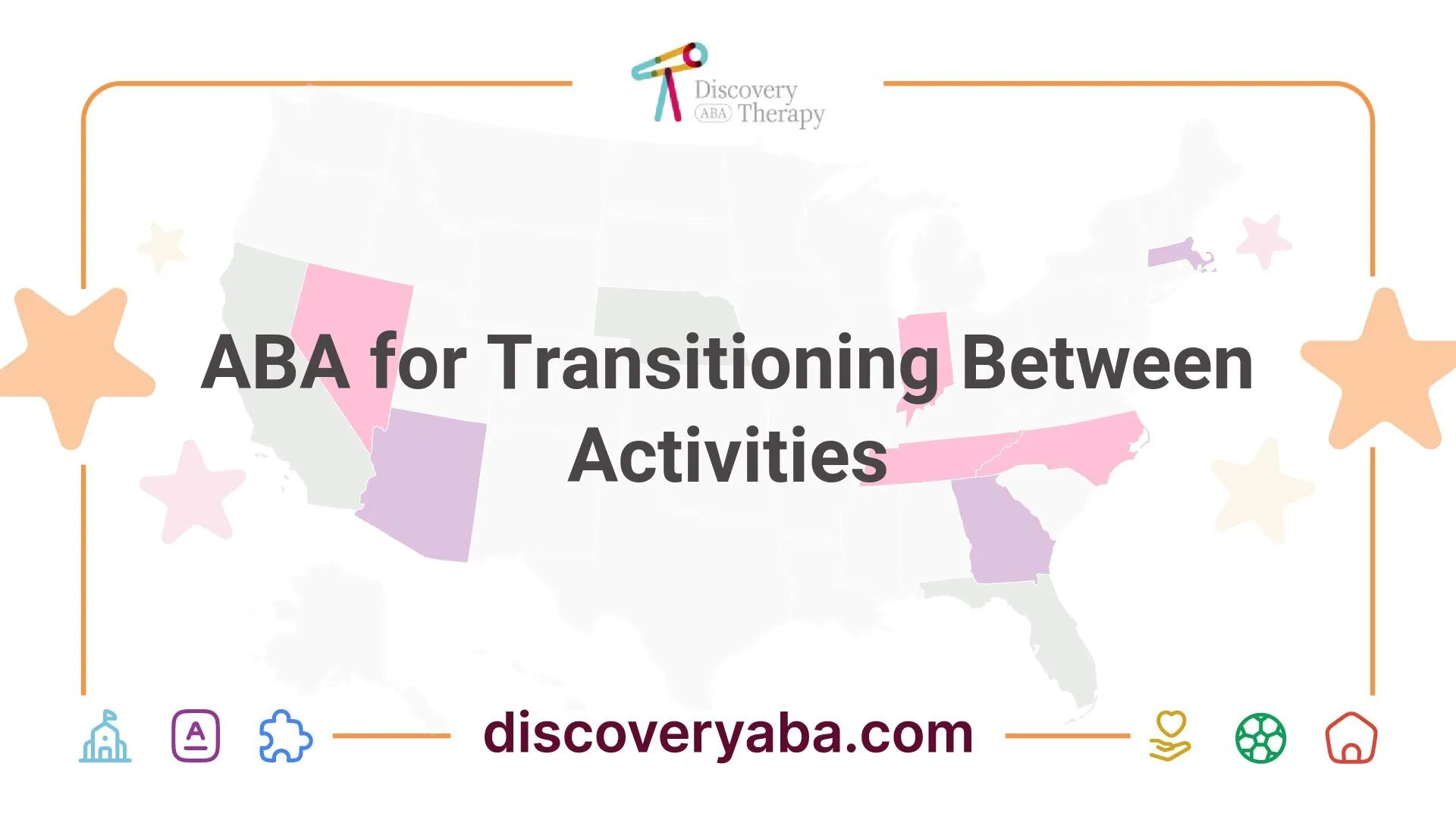
ABA for Transitioning Between Activities
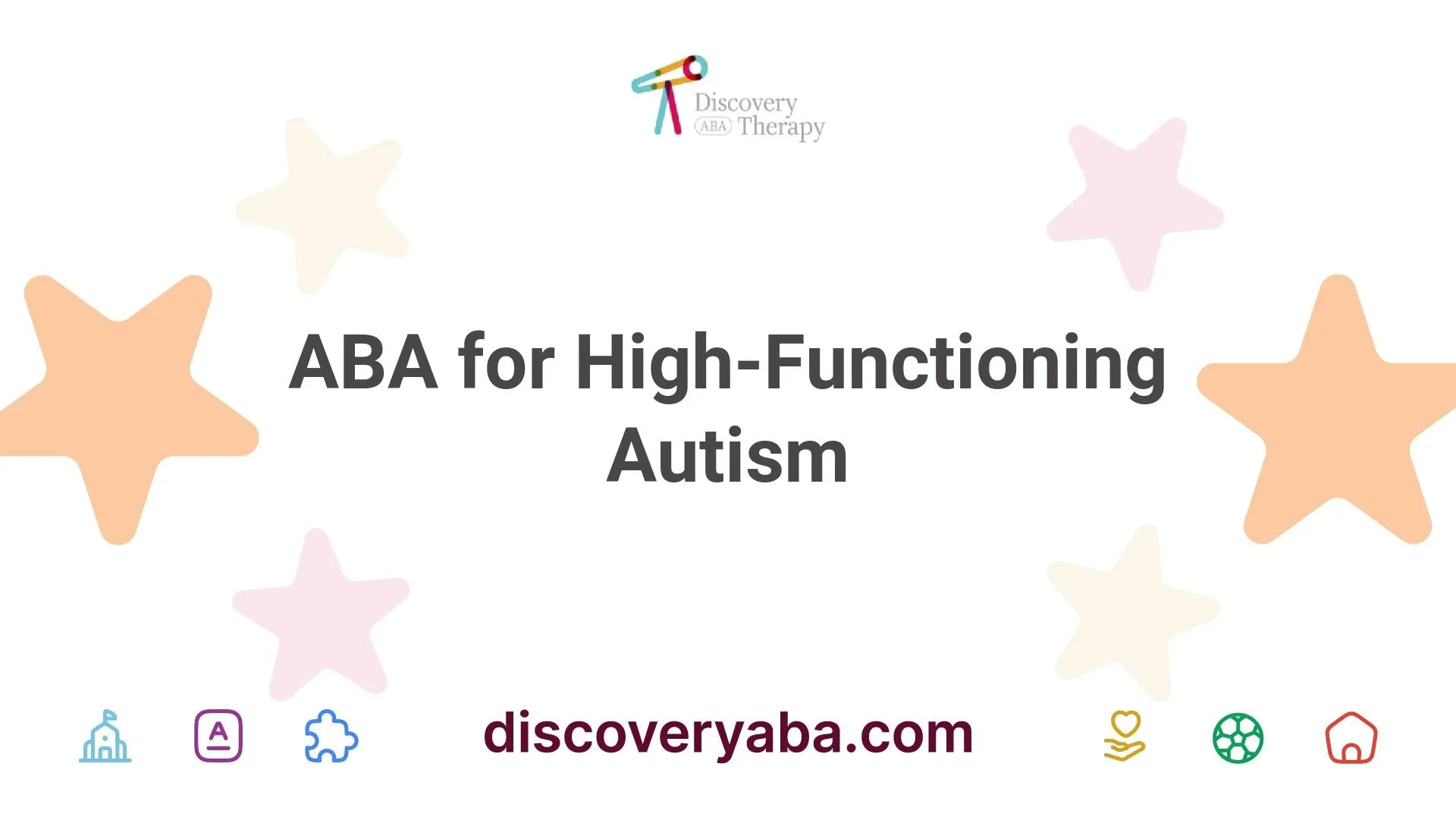
ABA for High-Functioning Autism
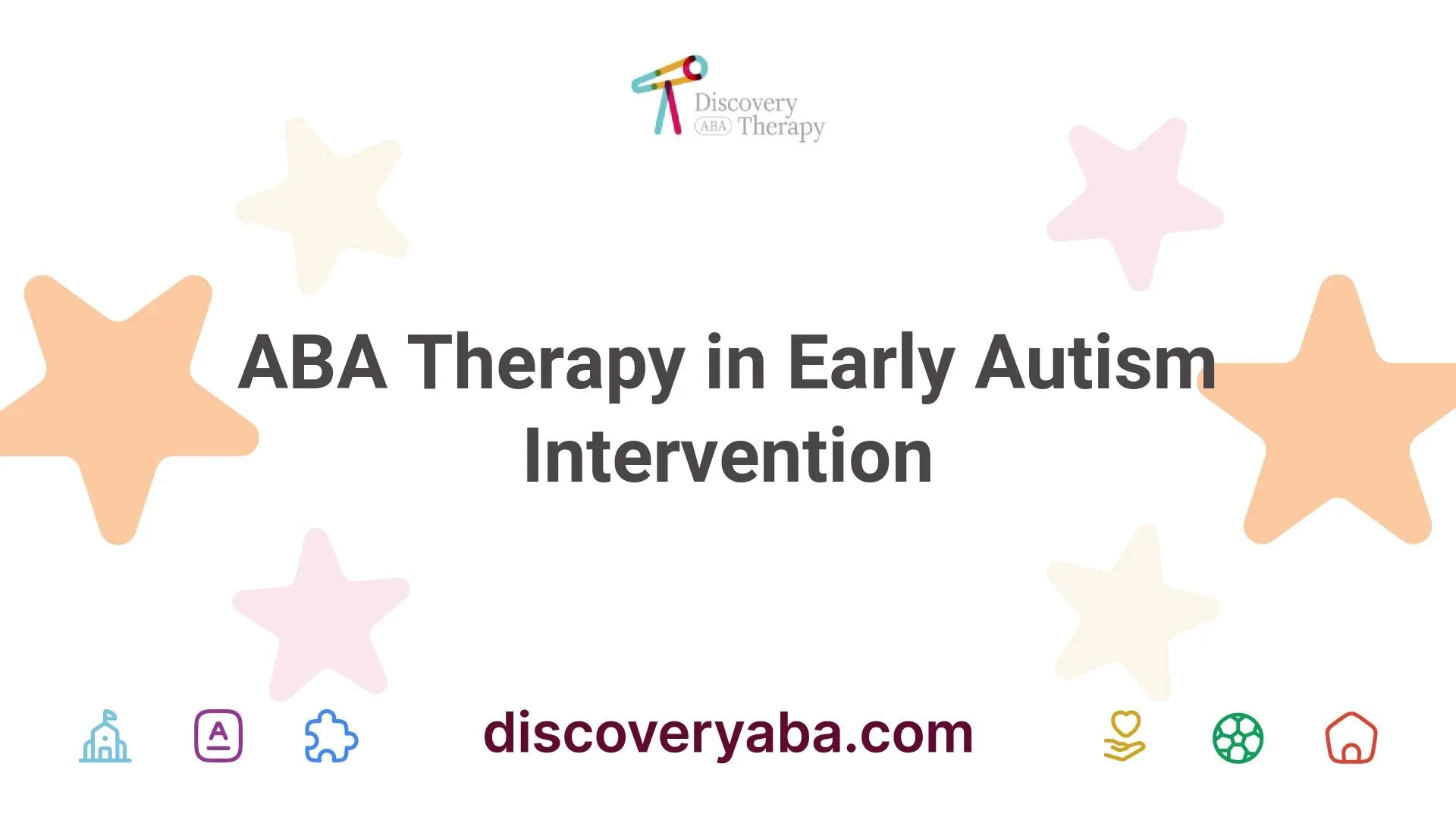
ABA Therapy in Early Autism Intervention
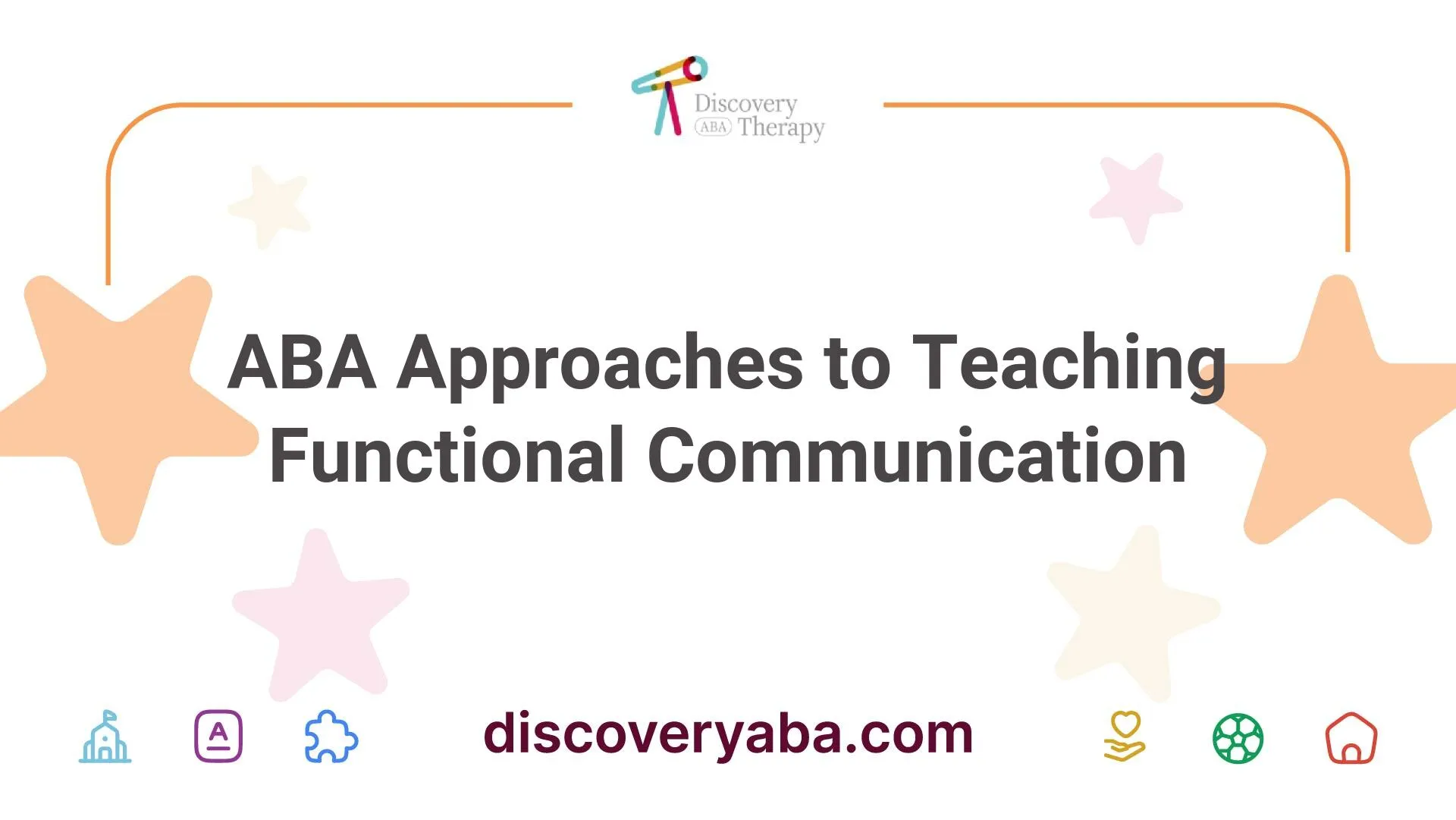
ABA Approaches to Teaching Functional Communication
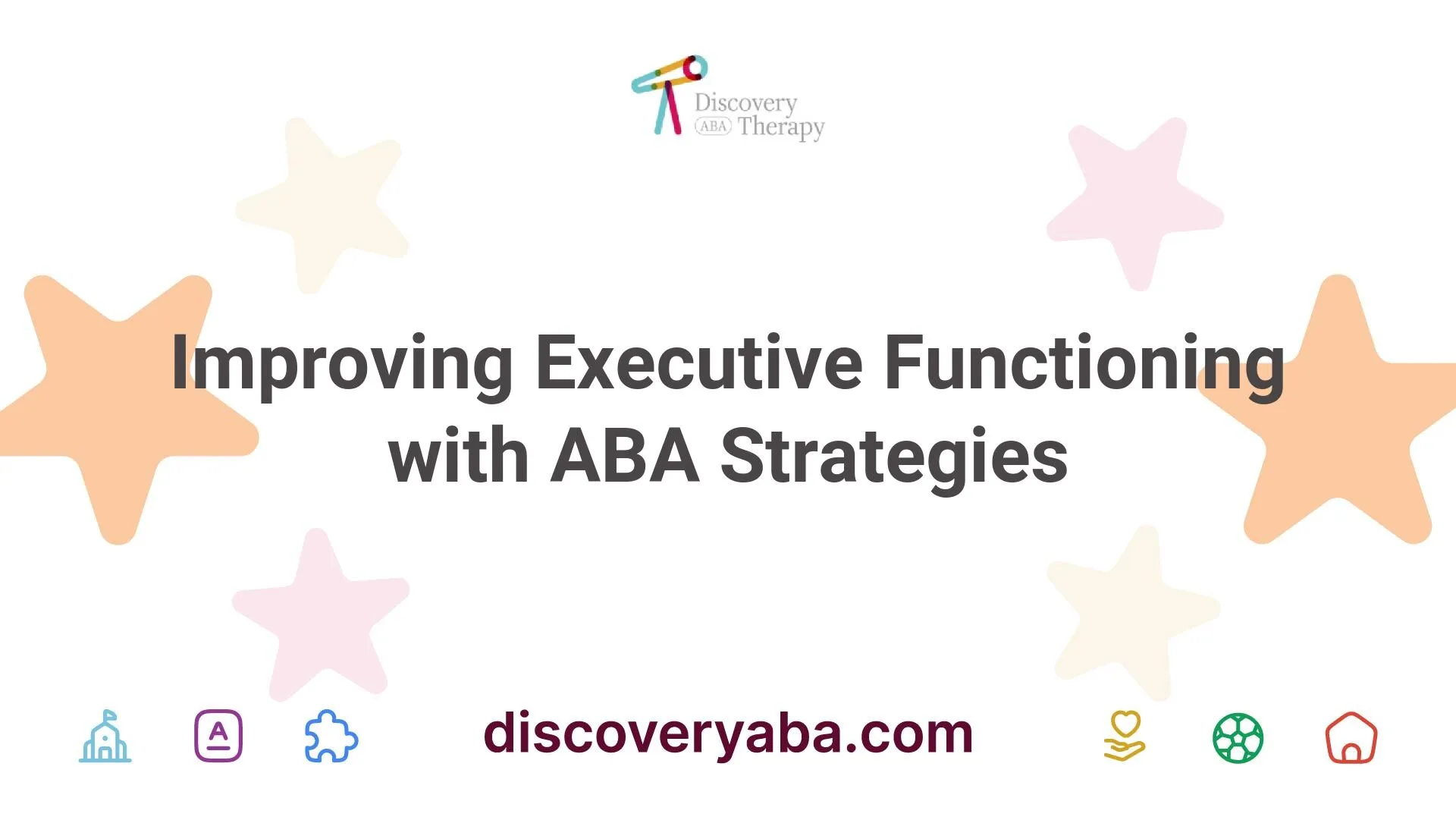
Improving Executive Functioning with ABA Strategies

Guide to Developing an ABA Home Program
.webp)
Utilizing Visual Supports in ABA Therapy

Cultural Views on Autism

ABA for Disruptive Behavior in Autism
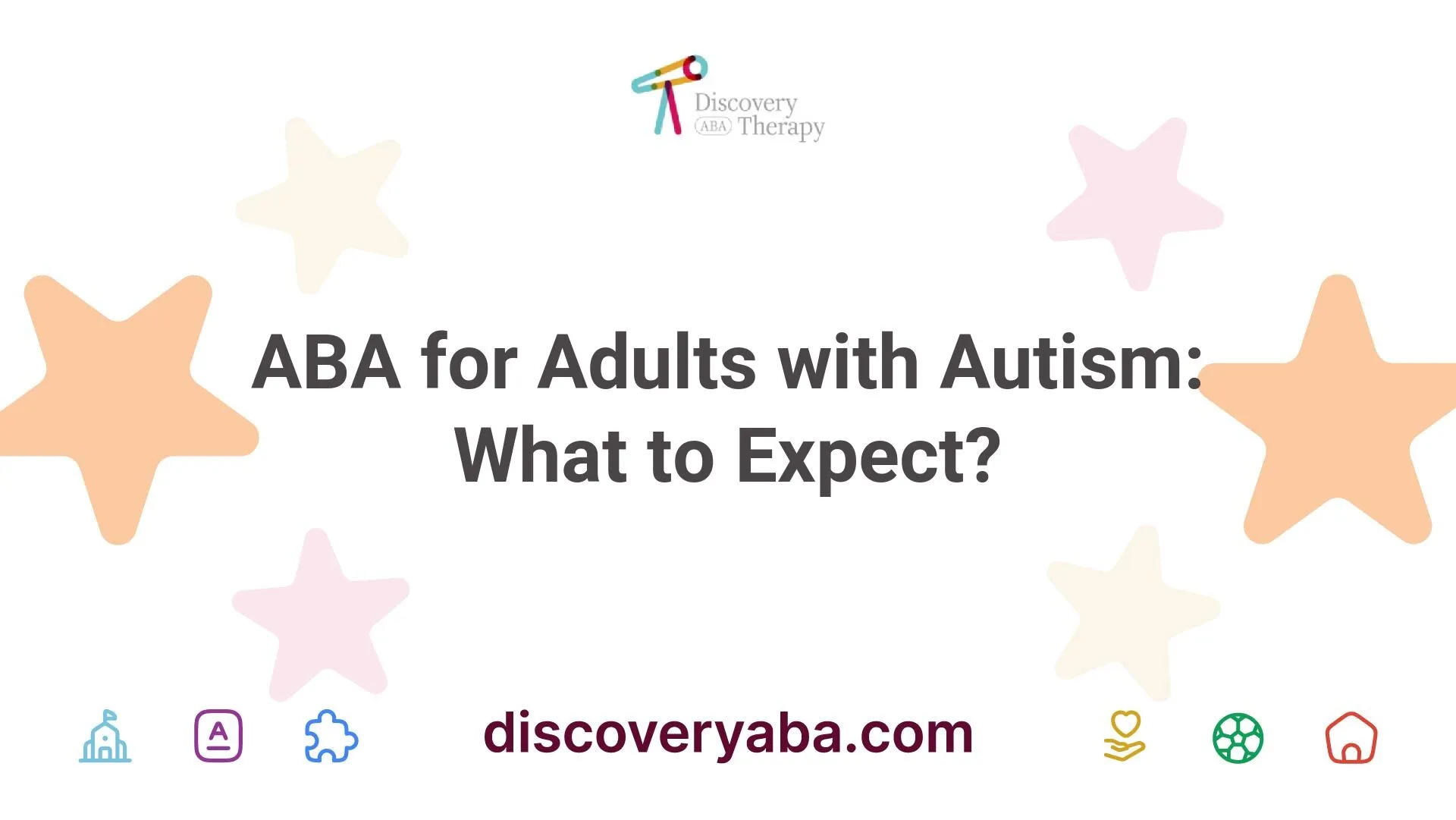
ABA for Adults with Autism: What to Expect?
.webp)
Sibling Training Essentials in ABA Therapy
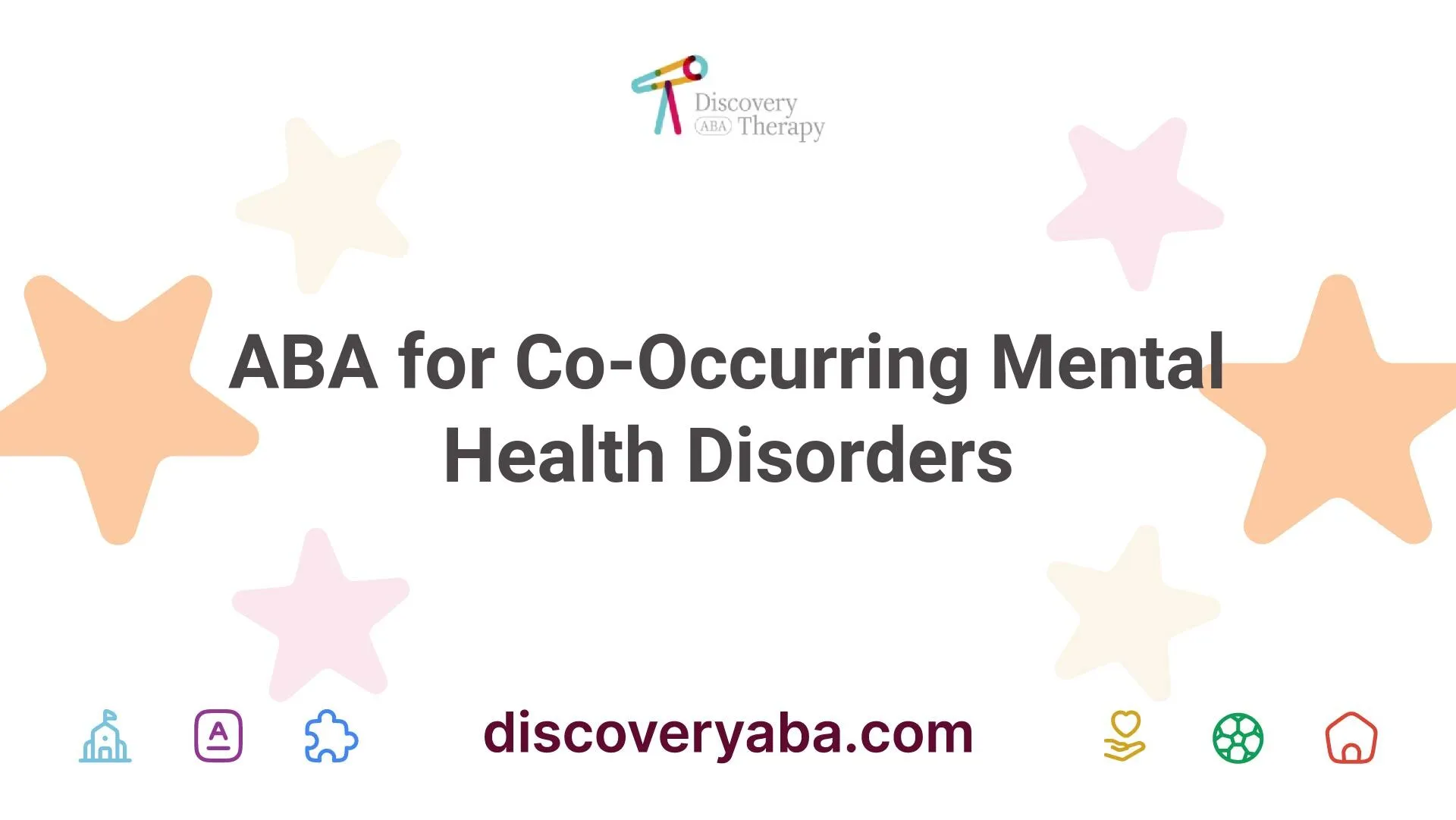
ABA for Co-Occurring Mental Health Disorders
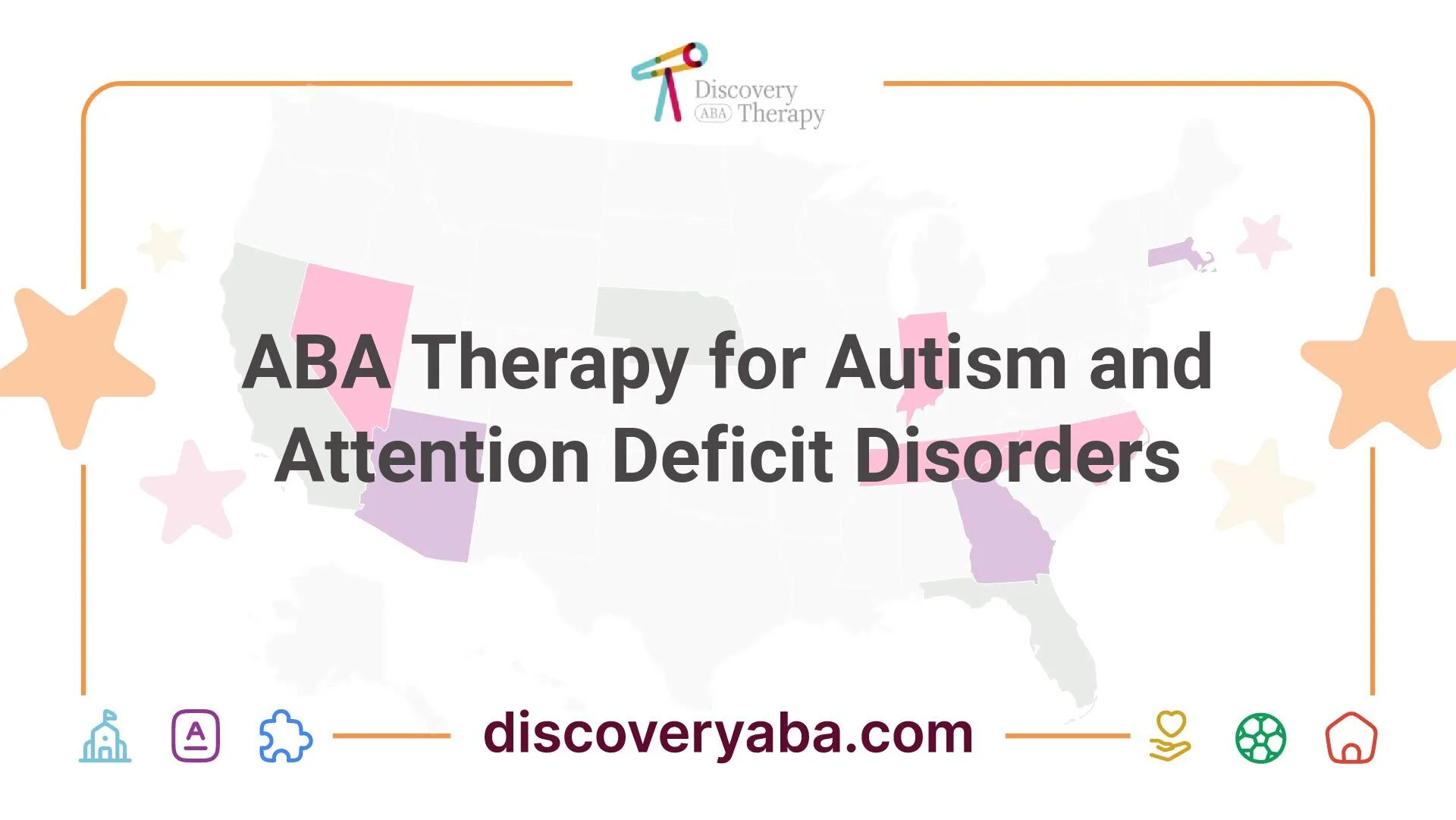
ABA Therapy for Autism and Attention Deficit Disorders

Conflict Resolution Skills with ABA Techniques
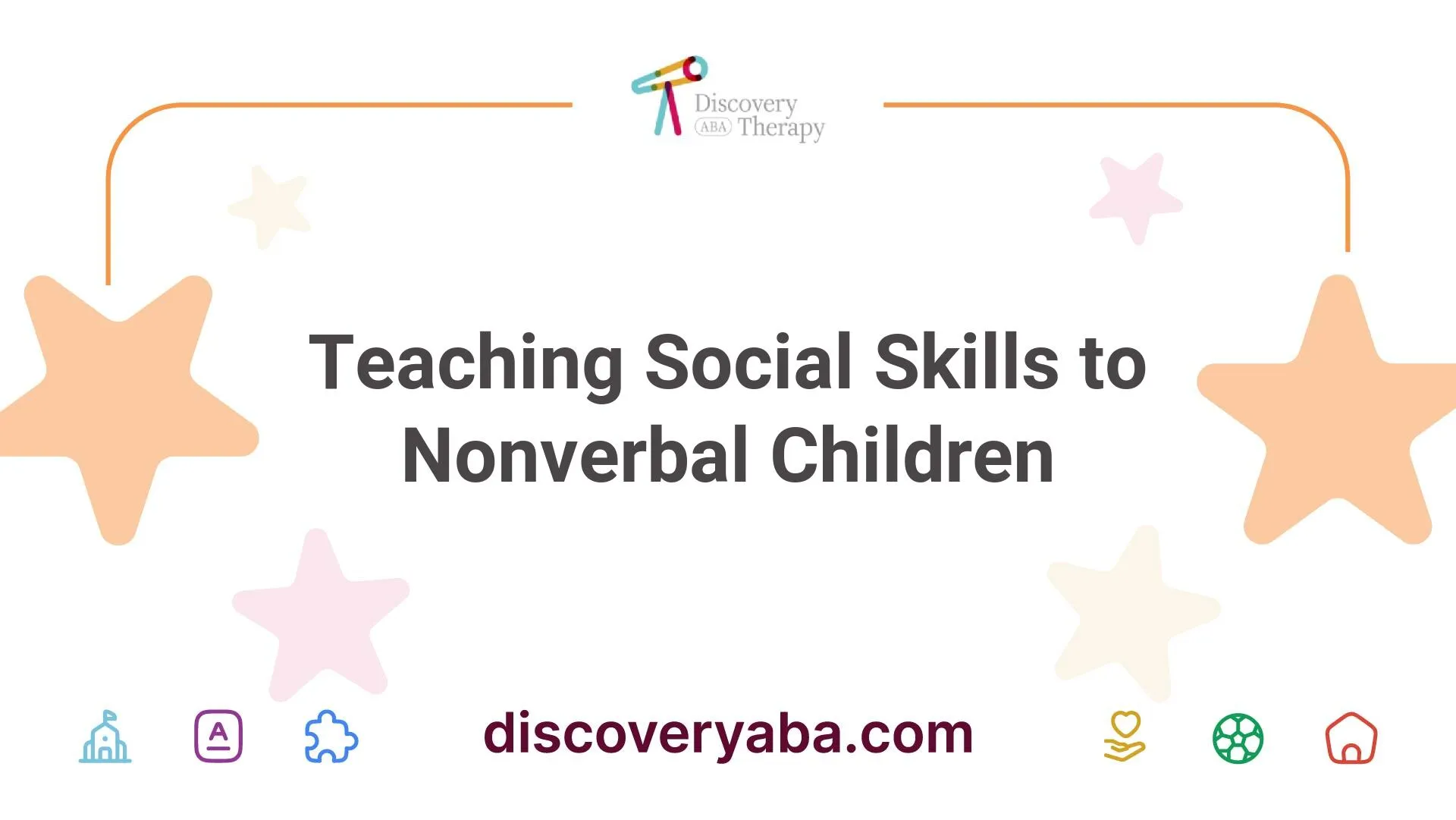
Teaching Social Skills to Nonverbal Children

ABA Strategies for Autism Success
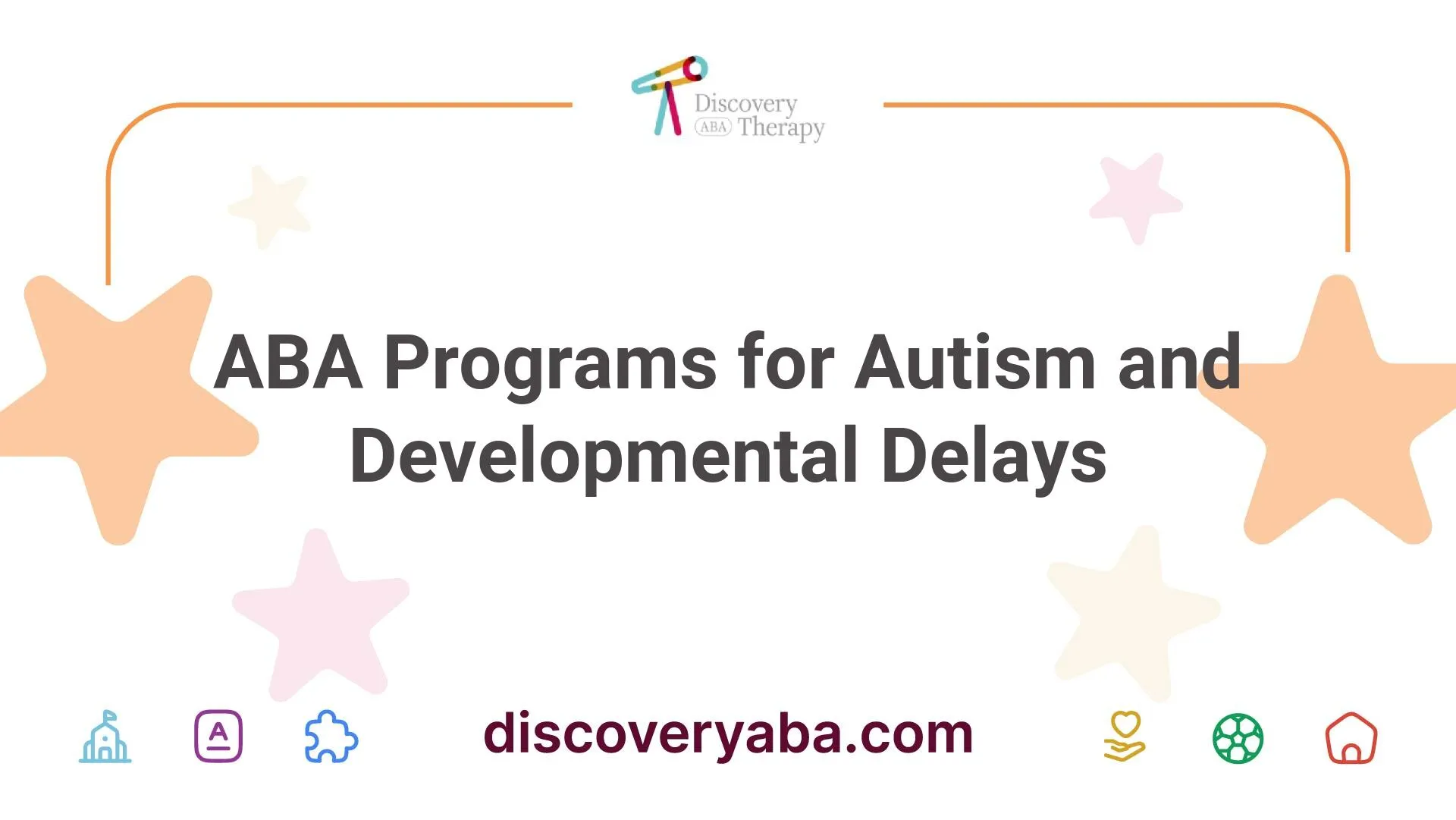
ABA Programs for Autism and Developmental Delays

Addressing Echolalia with ABA Therapy

The Truth About Autism Behavior Technician Salaries: What You Need to Know

How Early Can Autism be Diagnosed?

ABA Therapy for Autism Emotional Regulation

ABA Breakthroughs for Integration Challenges

Building Emotional Resilience with ABA Approach

Teaching Safety Skills with ABA Mastery

ABA for Speech Delays in Autism

Strategies for Increasing Eye Contact with ABA Therapy

Coping Skills for ABA Success

Why Outdoor Play Benefits Kids with Autism?
.webp)
ABA for Understanding and Addressing Problem Behaviors

Role-Playing to Boost Social Skills for Kids with Autism
.webp)
ABA for Sensory Processing in Autism

Best Toys for Kids with Autism

How to Encourage Independence in Kids with Autism?

ABA for Autism and Trauma Success Stories
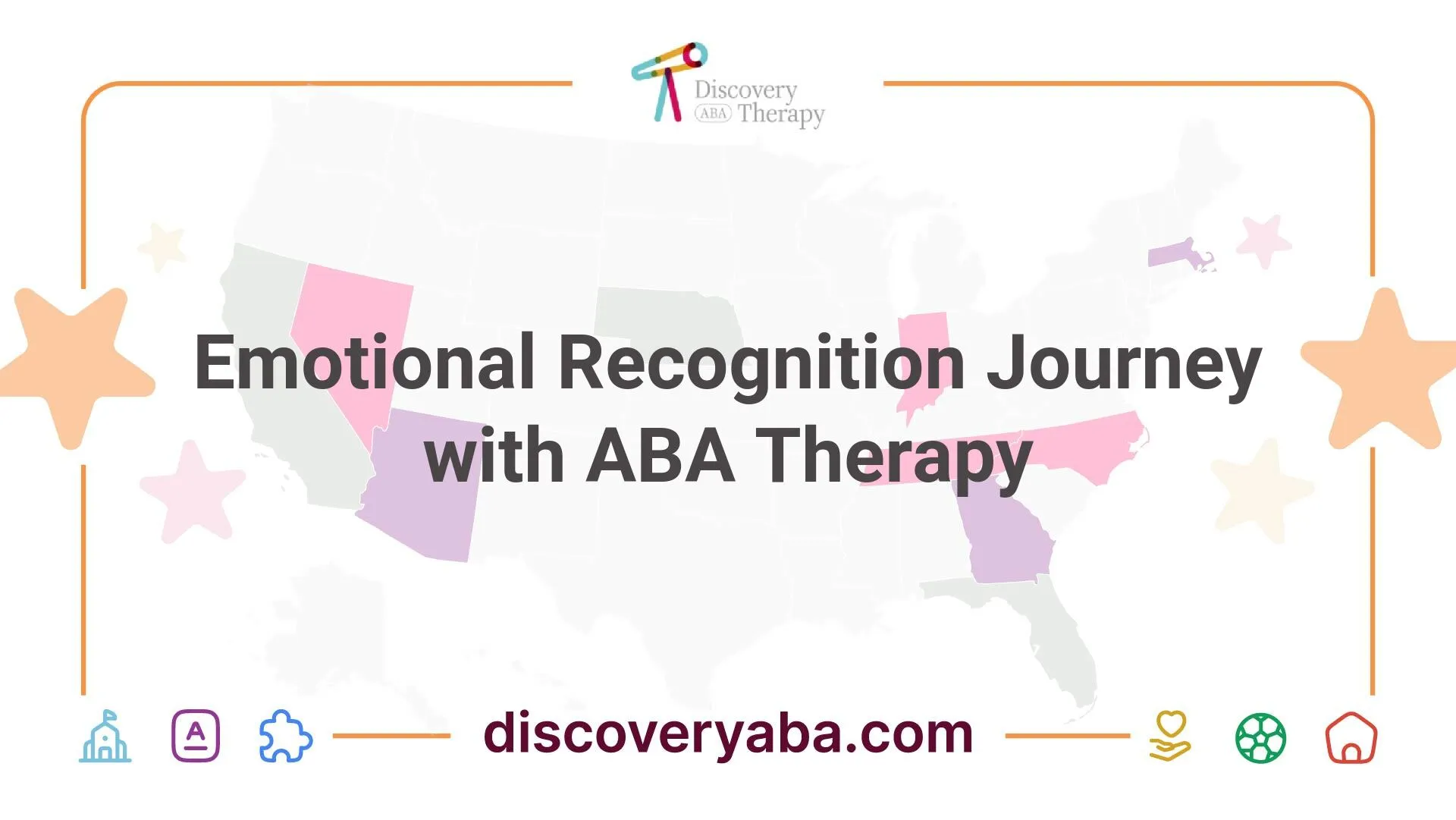
Emotional Recognition Journey with ABA Therapy

ABA Therapy Solutions for Autism Anxiety

ABA Therapy Techniques for Joint Attention

ABA for Mild Autism in Children

Common Myths About ABA Therapy Debunked

How to Create a Safe Space for Kids with Autism?

How to Explain Autism to Peers?
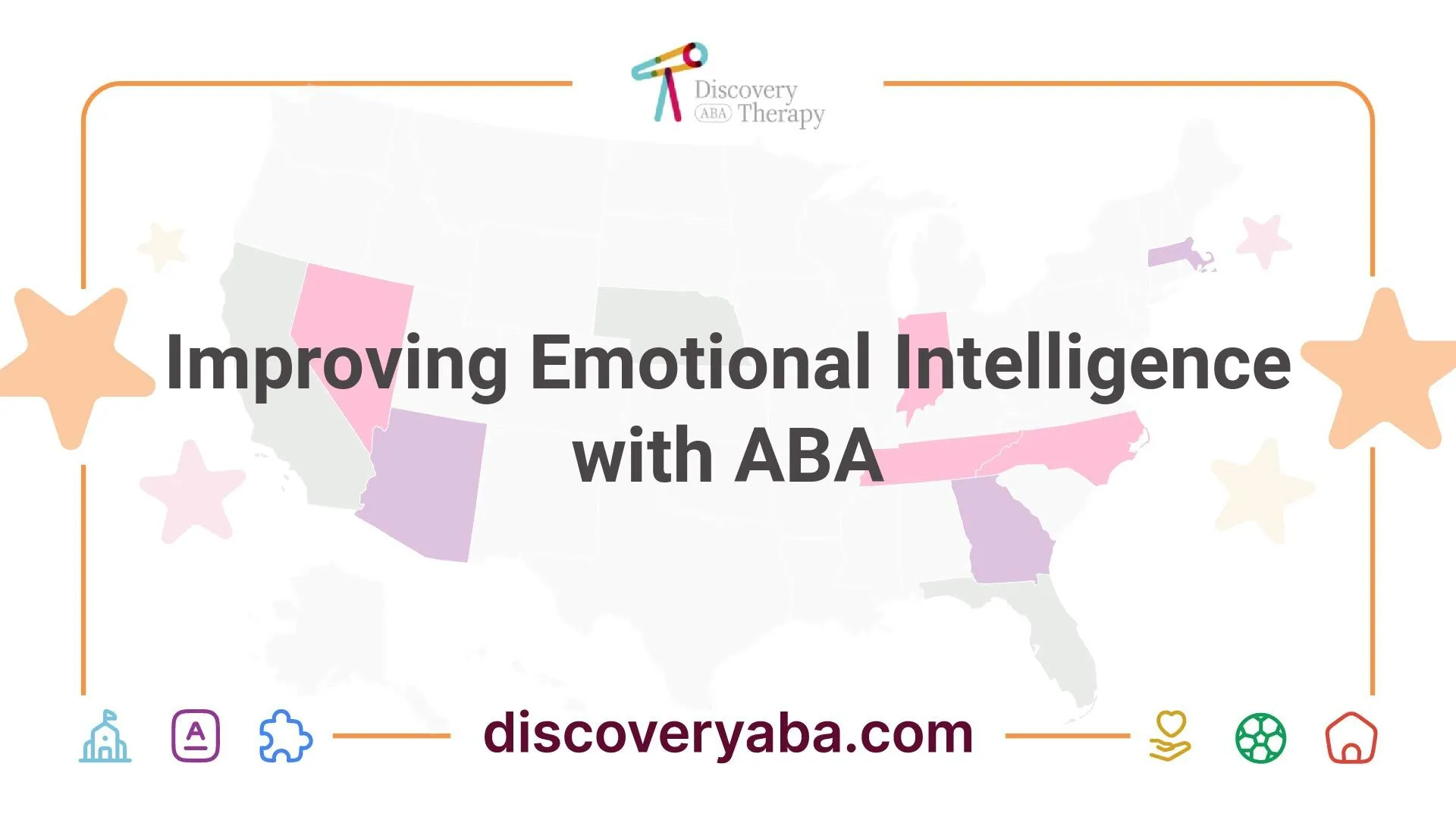
Improving Emotional Intelligence with ABA

Understanding ABA for Early Childhood Autism

Autism Sensory Activities You Can Do at Home
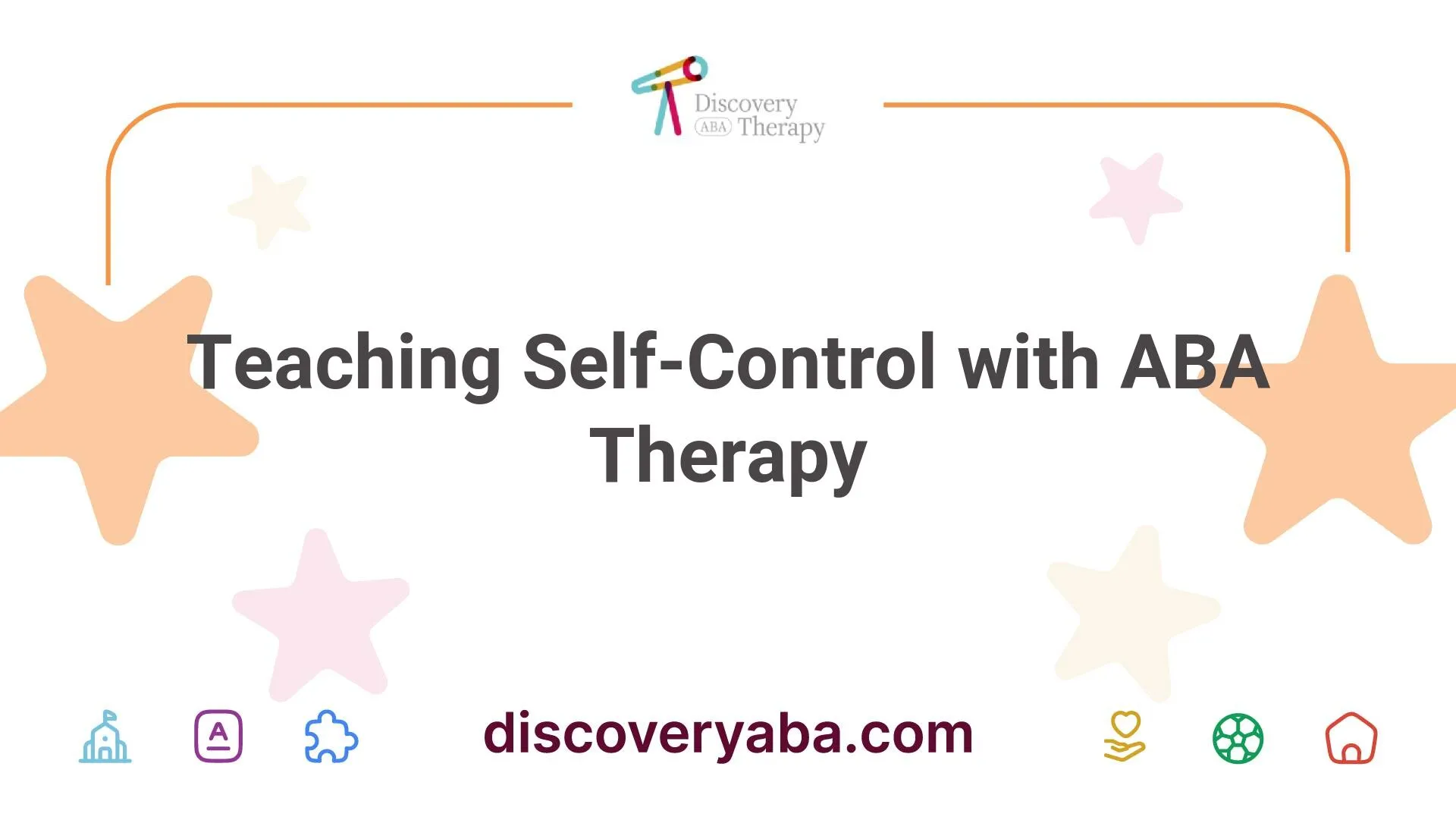
Teaching Self-Control with ABA Therapy

Understanding Autism and Sensory Processing Disorder
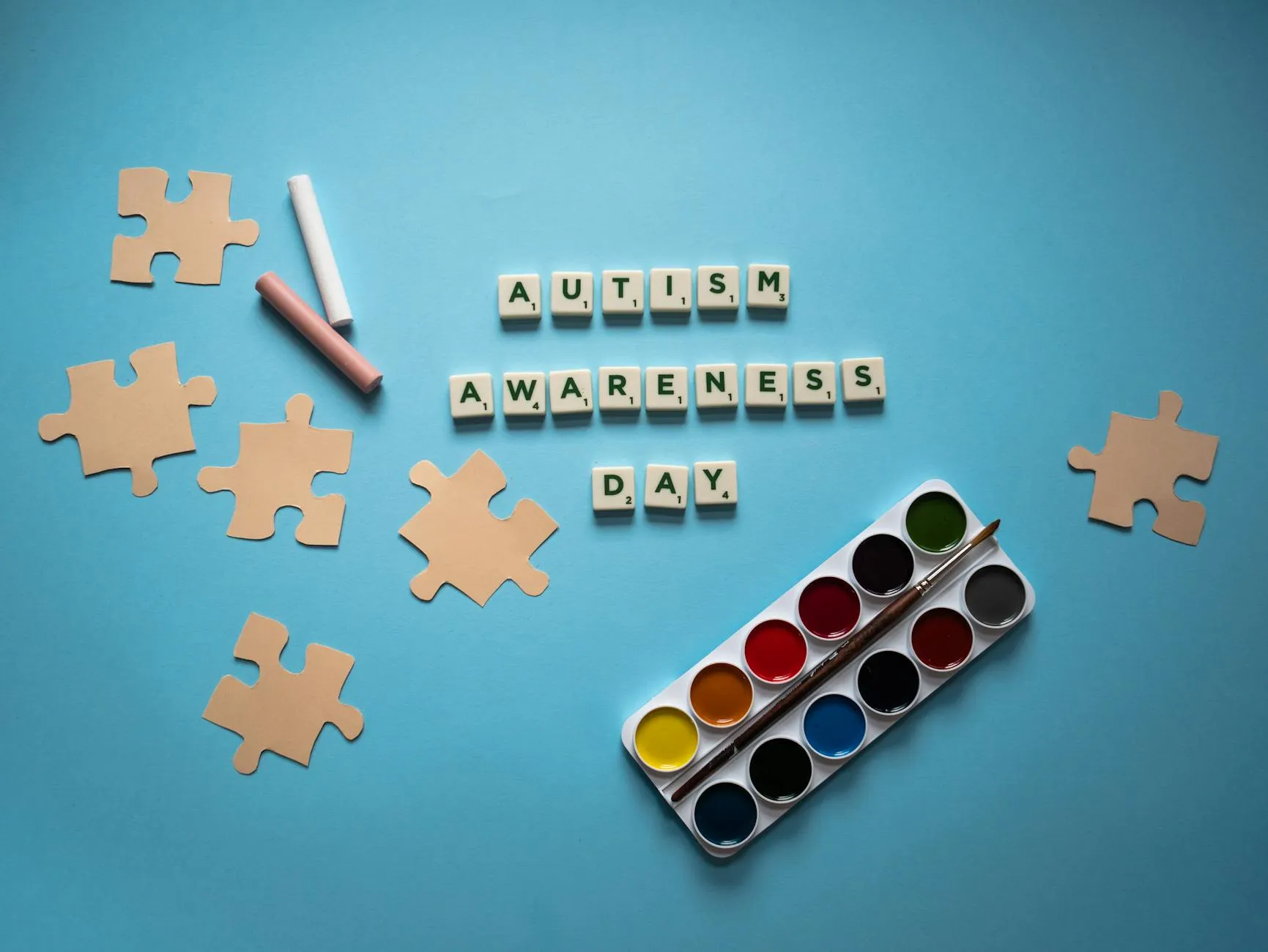
ABA Therapy for School Success in Autism

Power of Functional Communication in ABA Therapy
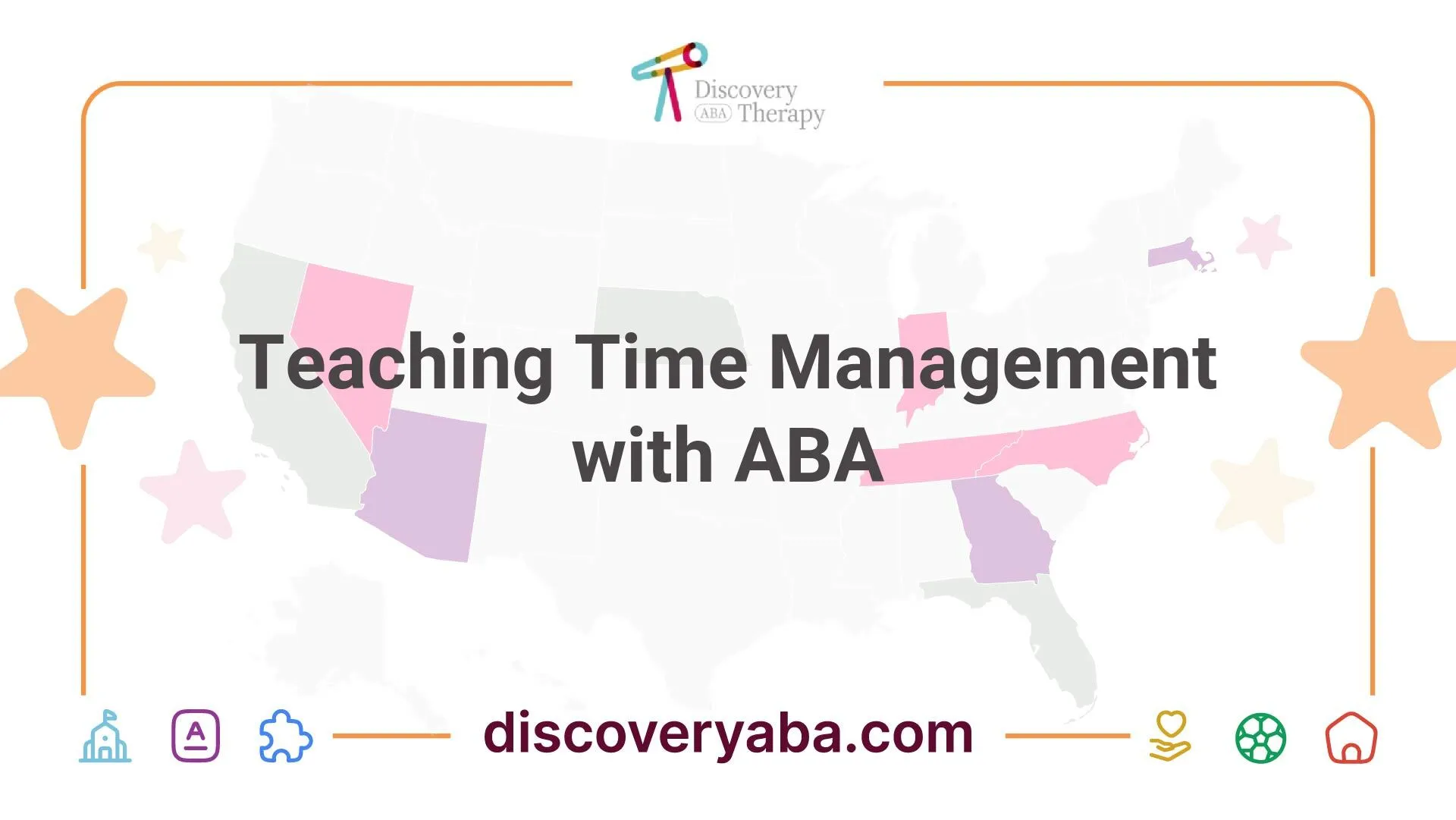
Teaching Time Management with ABA
.webp)
ABA Practices for Co-Occurring Conditions in Autism

Measuring Progress in ABA Therapy

ABA for Sleep Challenges in Autism
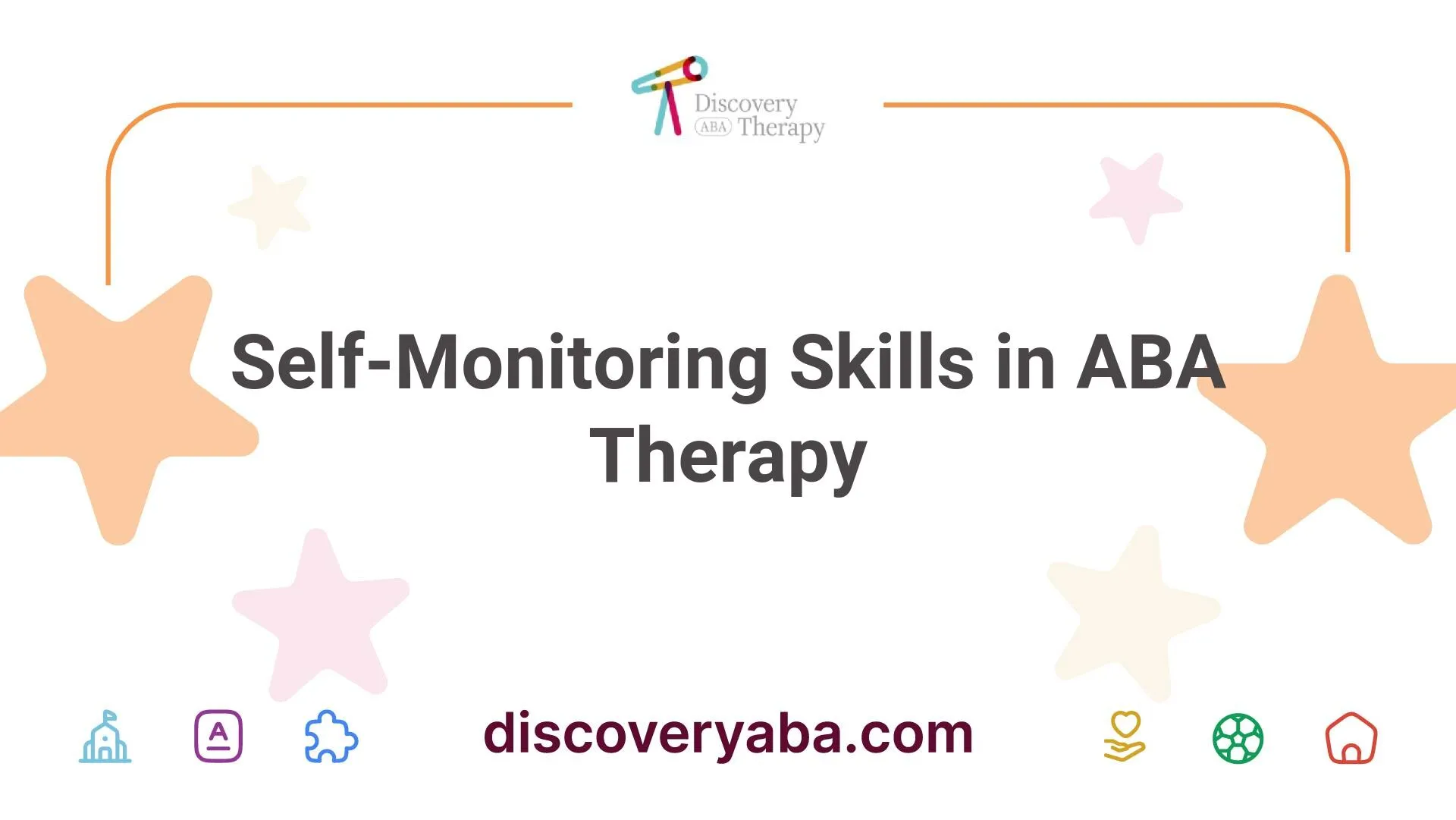
Self-Monitoring Skills in ABA Therapy
.webp)
Reducing Aggressive Behavior with ABA
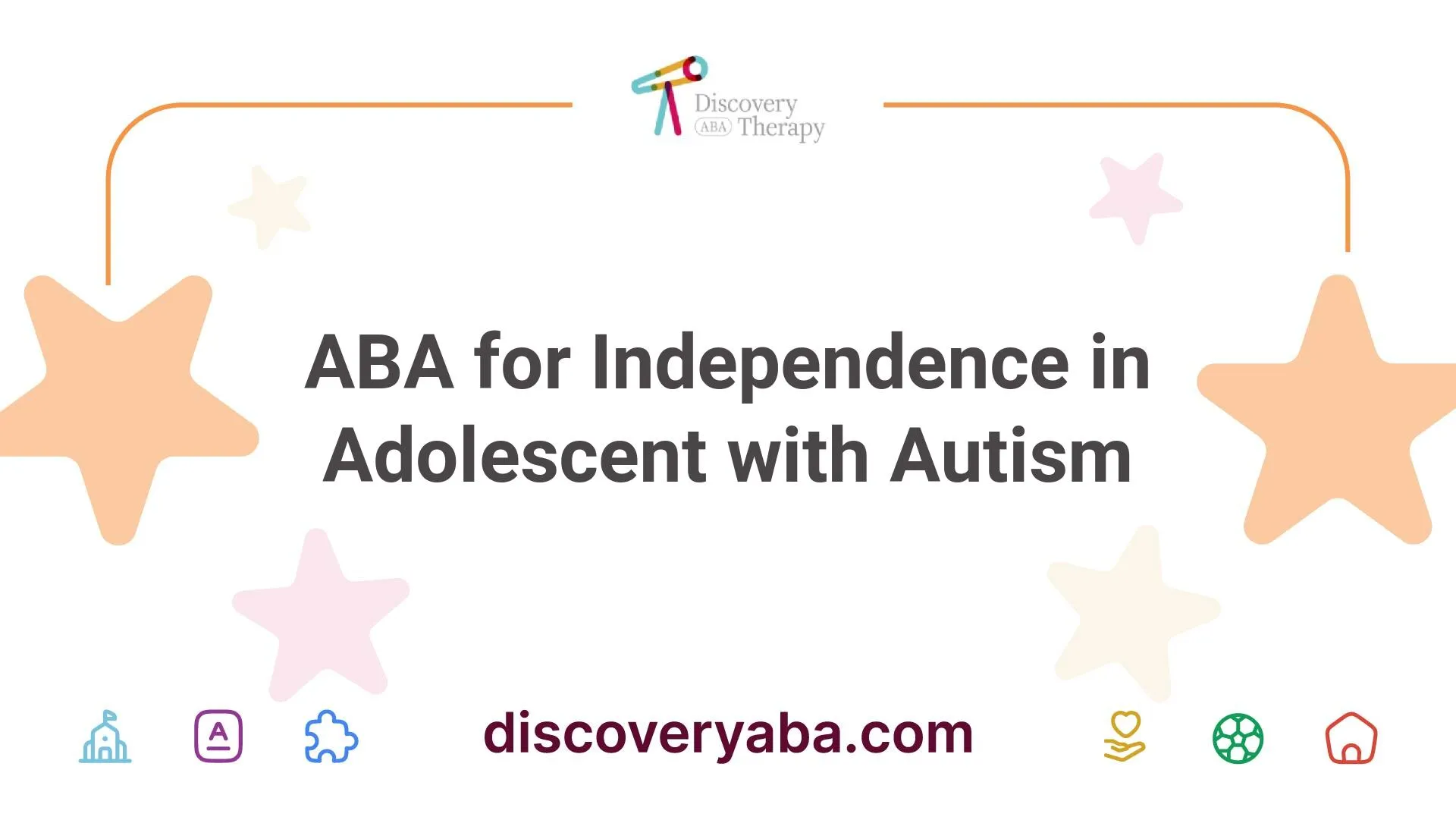
ABA for Independence in Adolescent with Autism

Teaching Problem Solving with ABA

Therapy's Impact on Sibling Relationships
.webp)
Ethics of ABA Therapy

ABA for Sensory Overload in Autism
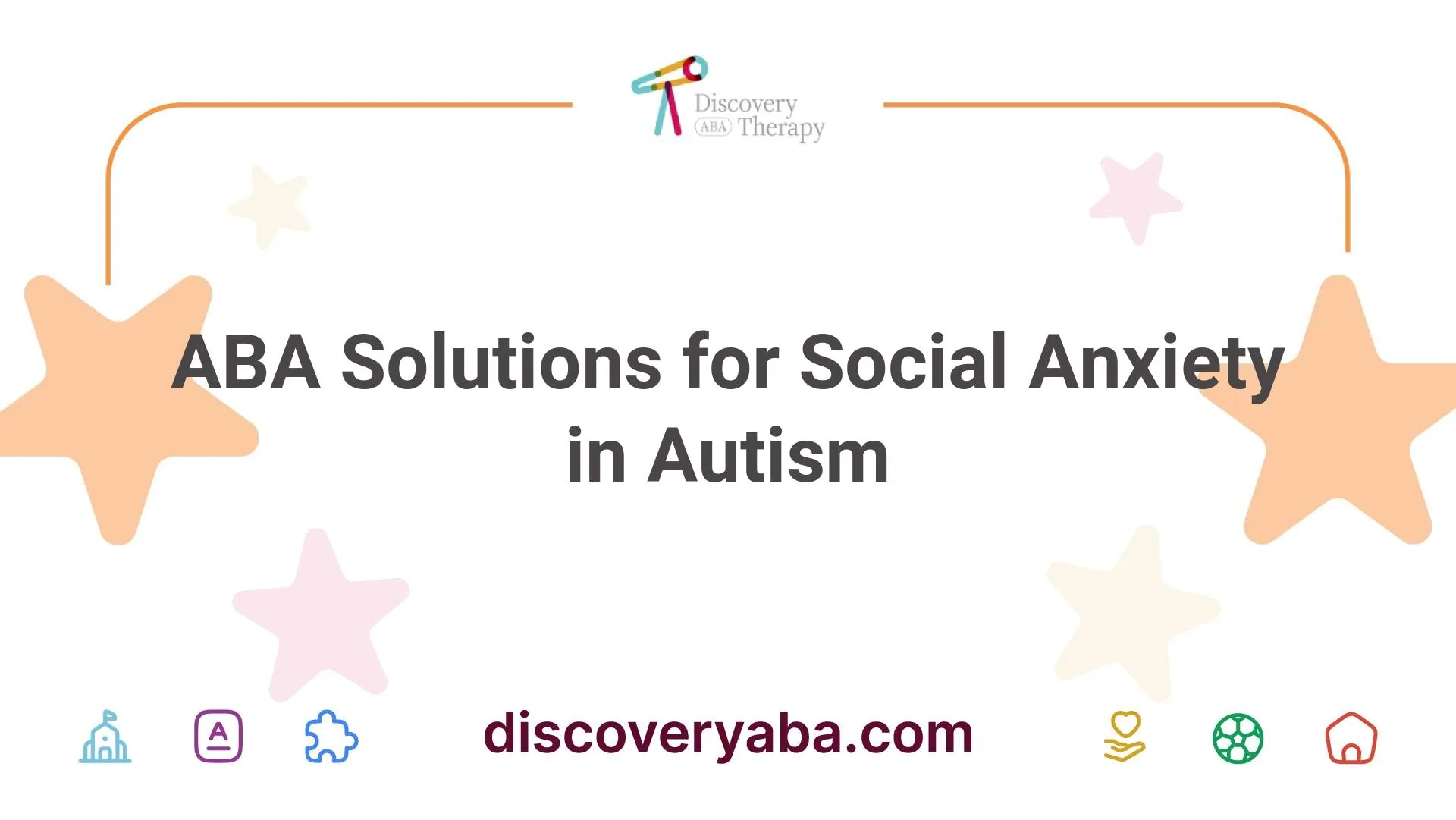
ABA Solutions for Social Anxiety in Autism
.webp)
ABA for Autism and Executive Function

Parent Tips for Success with ABA Therapy

Key Goals and Objectives in ABA Therapy

How to Support Siblings of Children with Autism?

Managing Autism Meltdowns at Home Strategies
.webp)
Functional Behavior Assessments in ABA
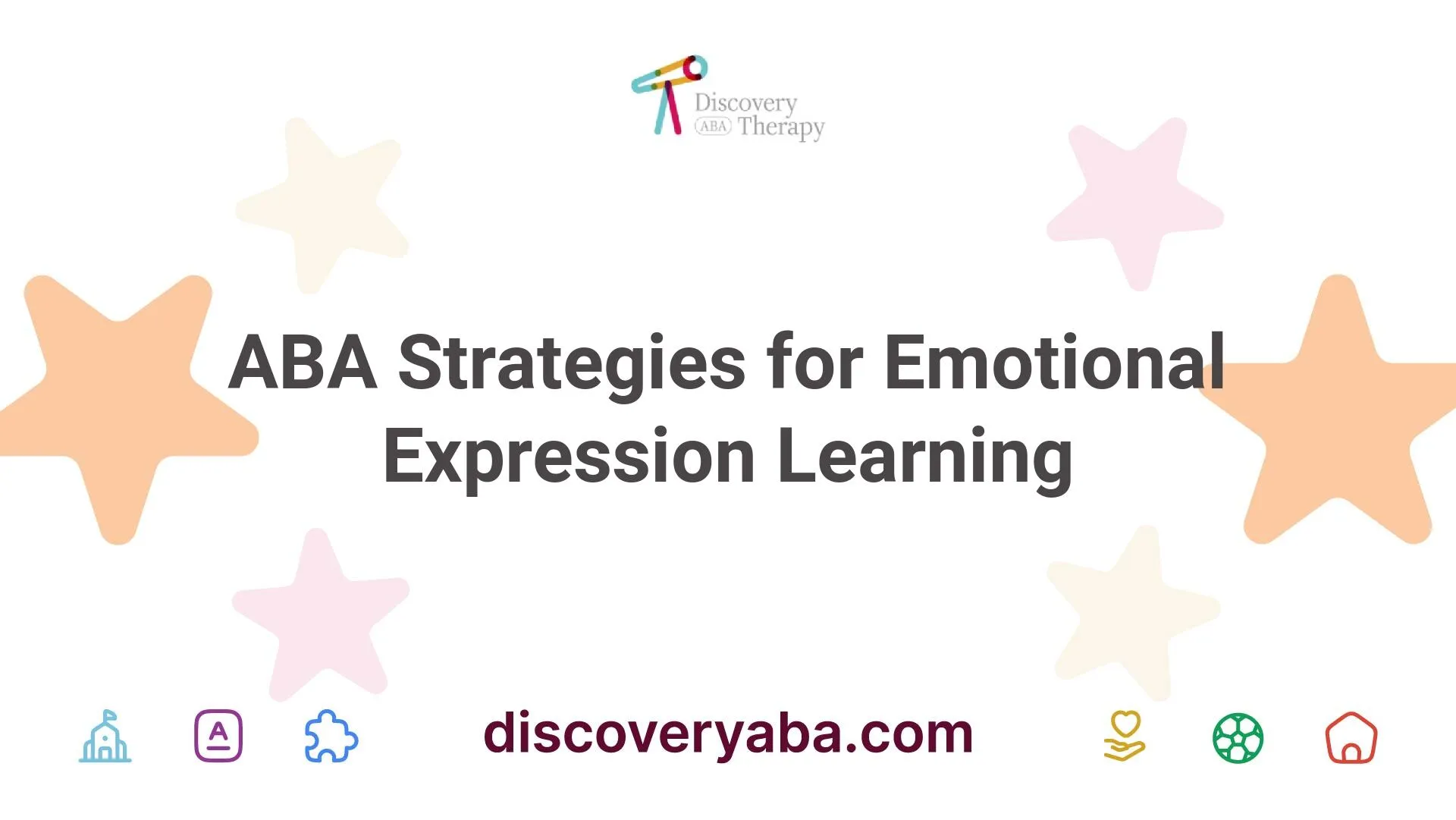
ABA Strategies for Emotional Expression Learning

Addressing Stereotype with ABA for Better Results

How to Prepare for an Autism Diagnosis?

Benefits of ABA in Autism
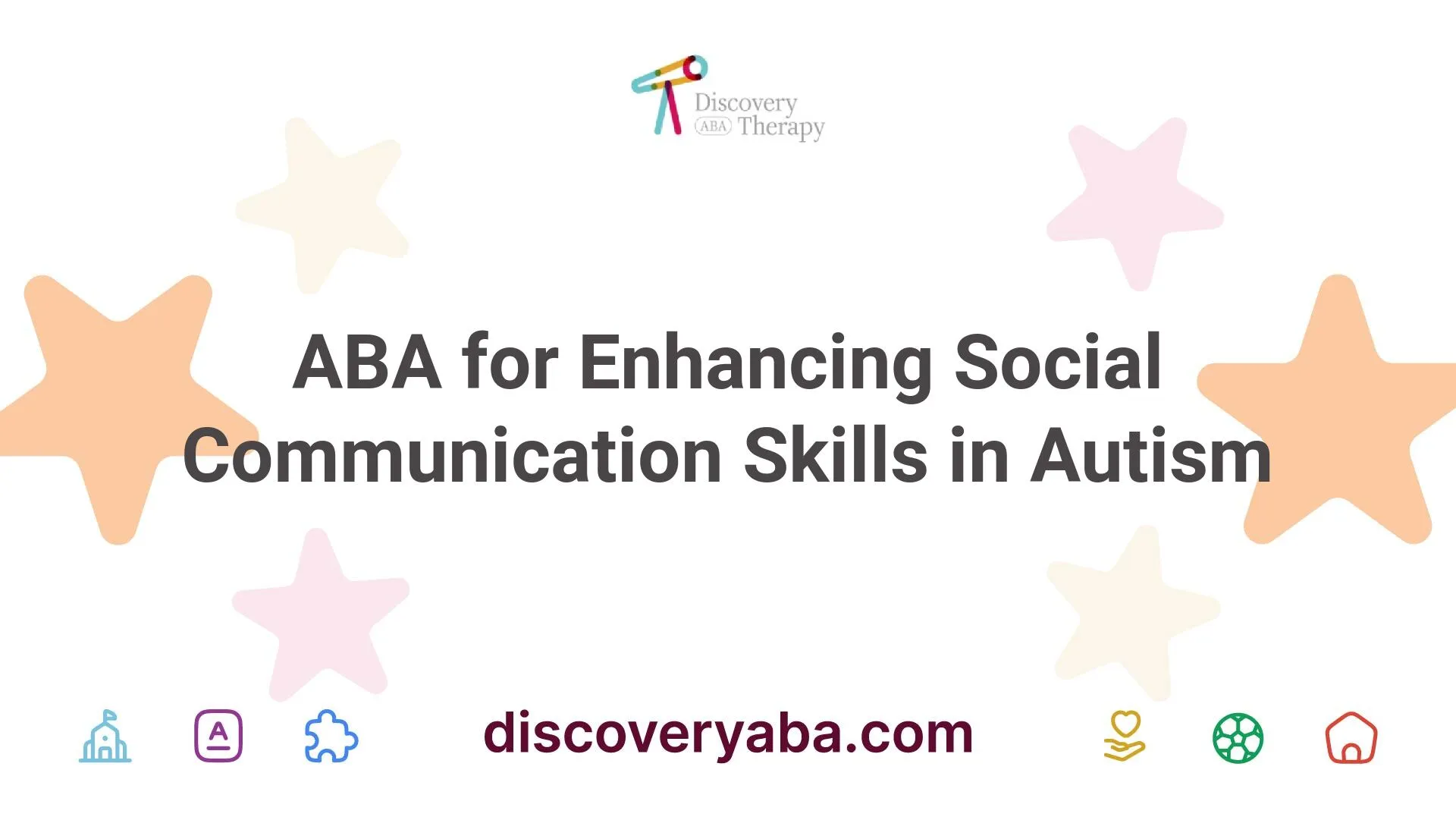
ABA for Enhancing Social Communication Skills in Autism

ABA Therapy for Enhanced Self-Care Skills

Building Attention Skills with ABA Therapy for ADHD

ABA Therapy for ADHD and Social Skills

Improving Peer Interactions with ABA

Supporting ADHD Performance with ABA Therapy
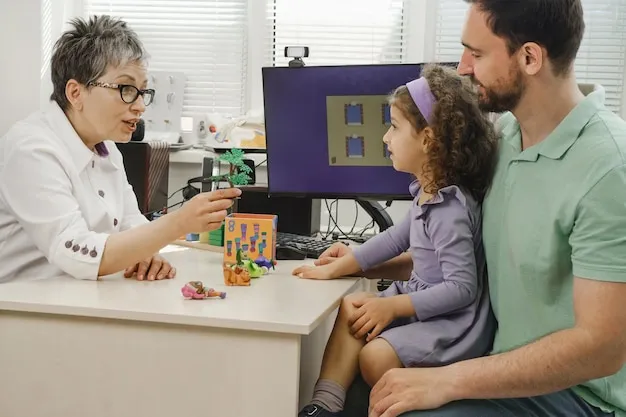
ABA Therapy in Clinical Settings
Contact us
North Carolina, Nevada, Utah, Virginia
New Hampshire, Maine
Arizona, Colorado, Georgia, New Mexico, Oklahoma, Texas
.avif)
